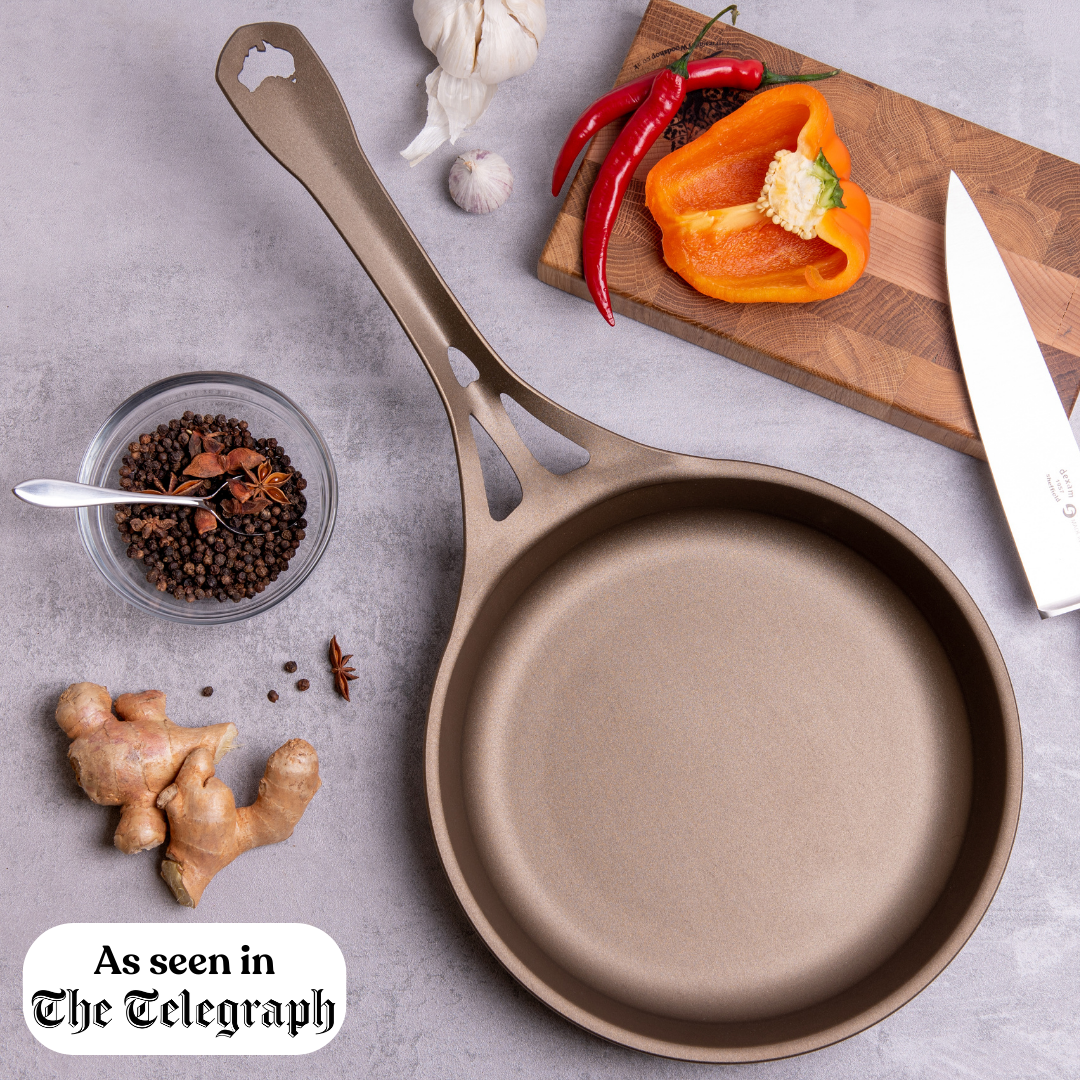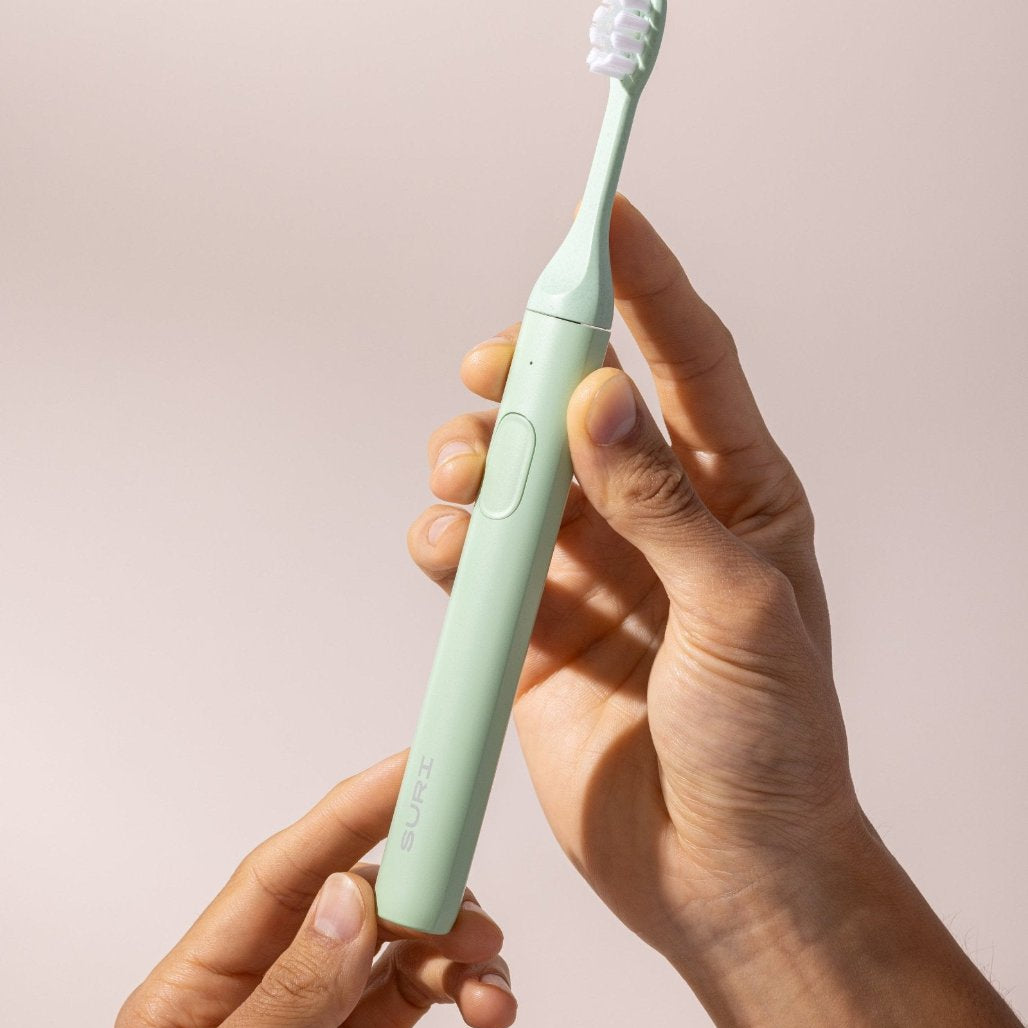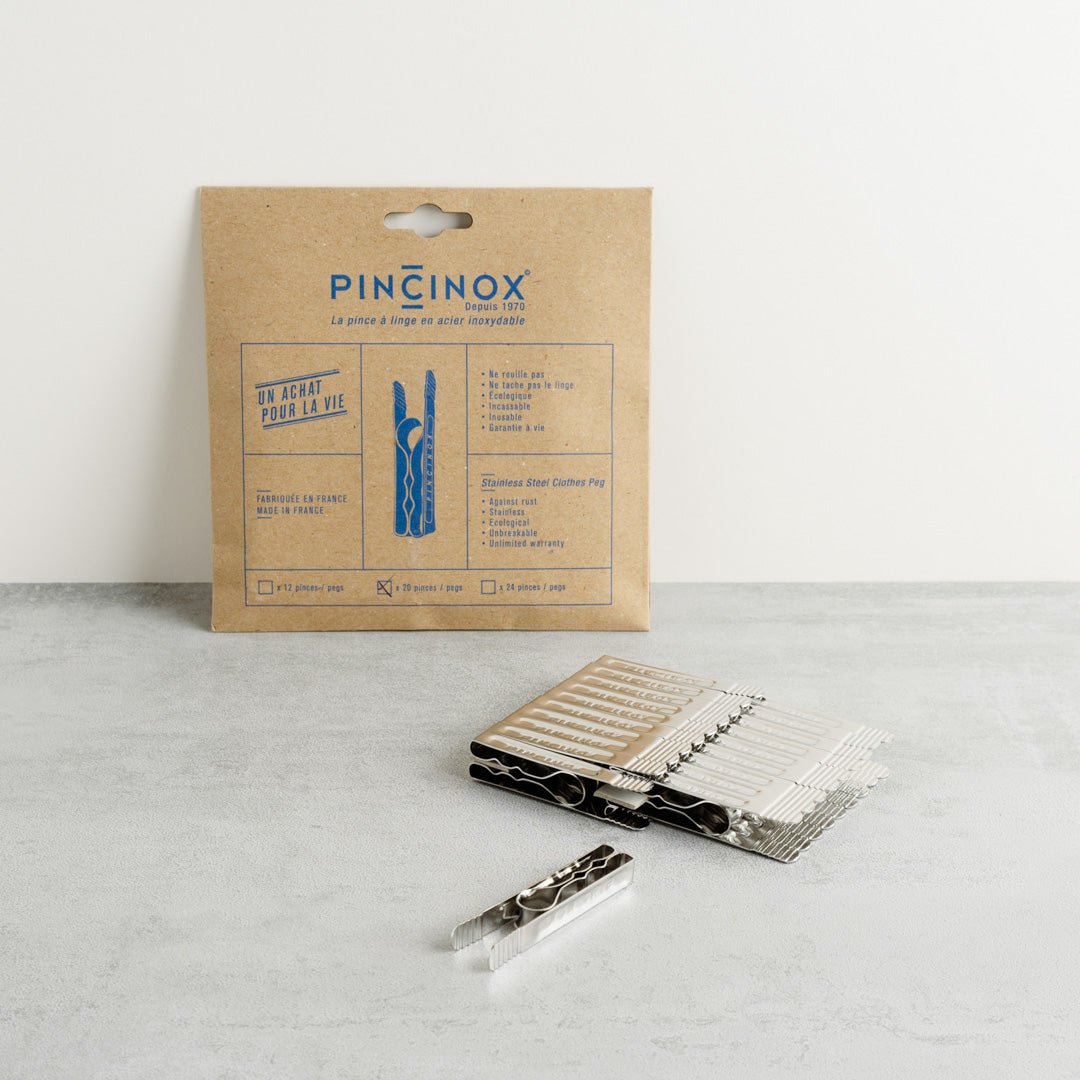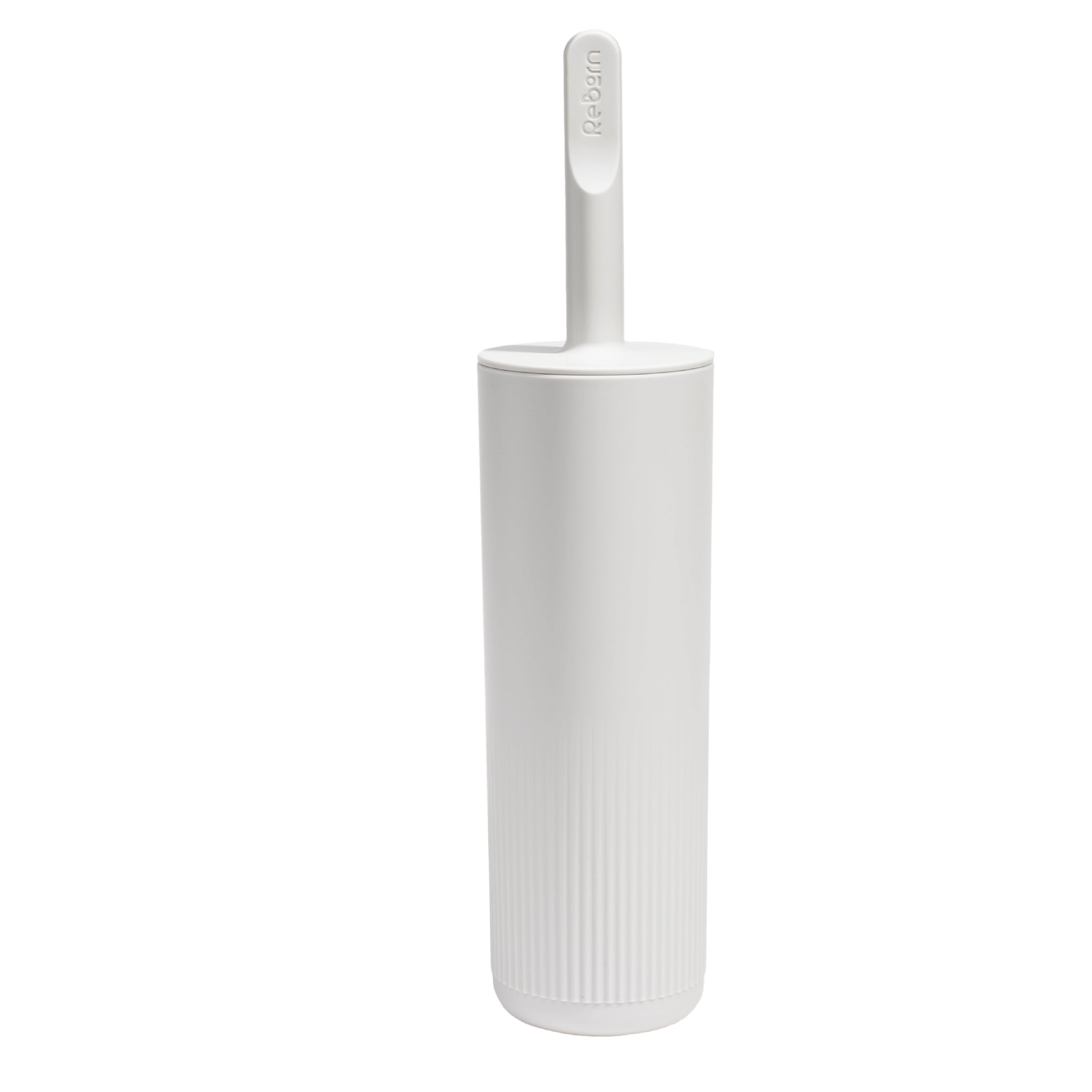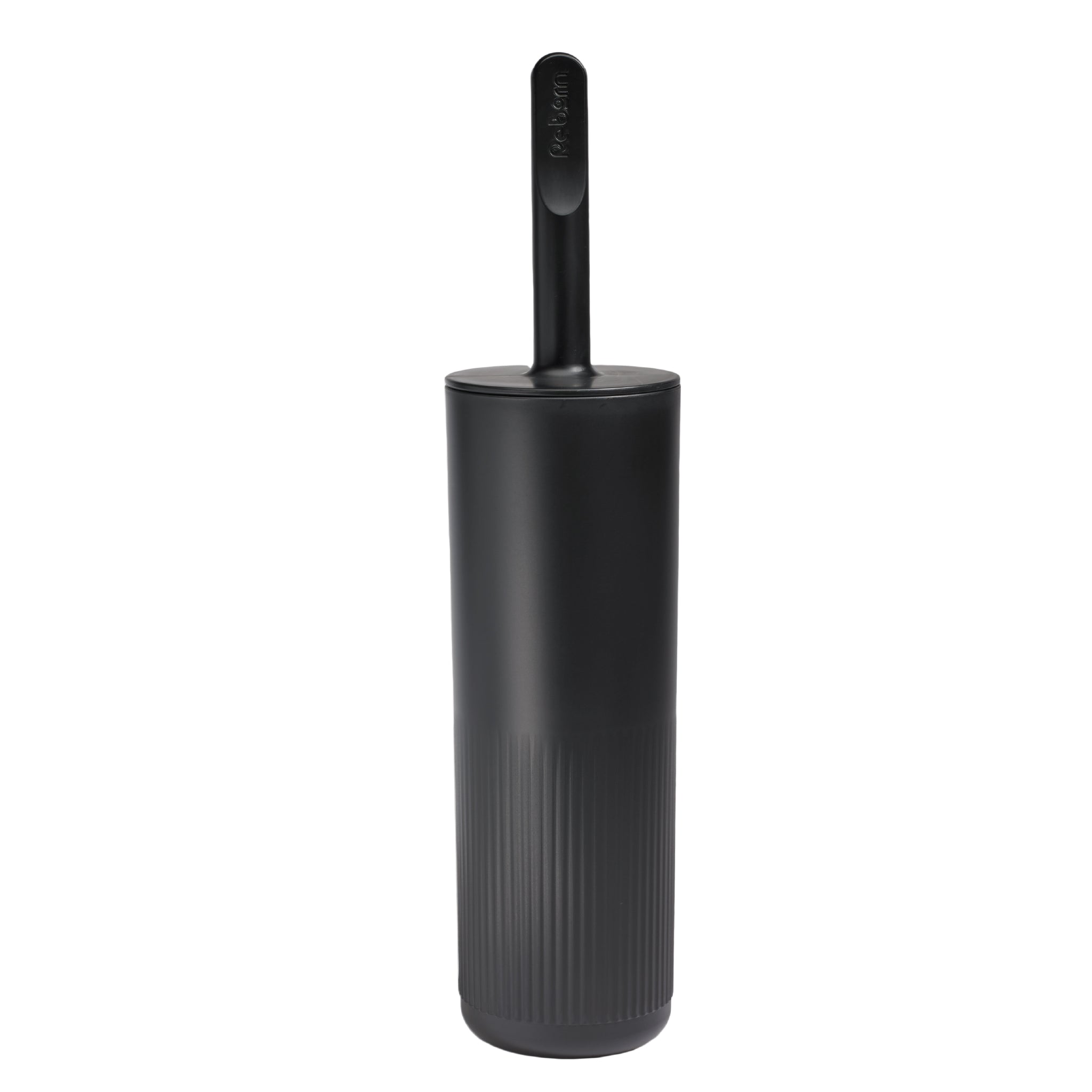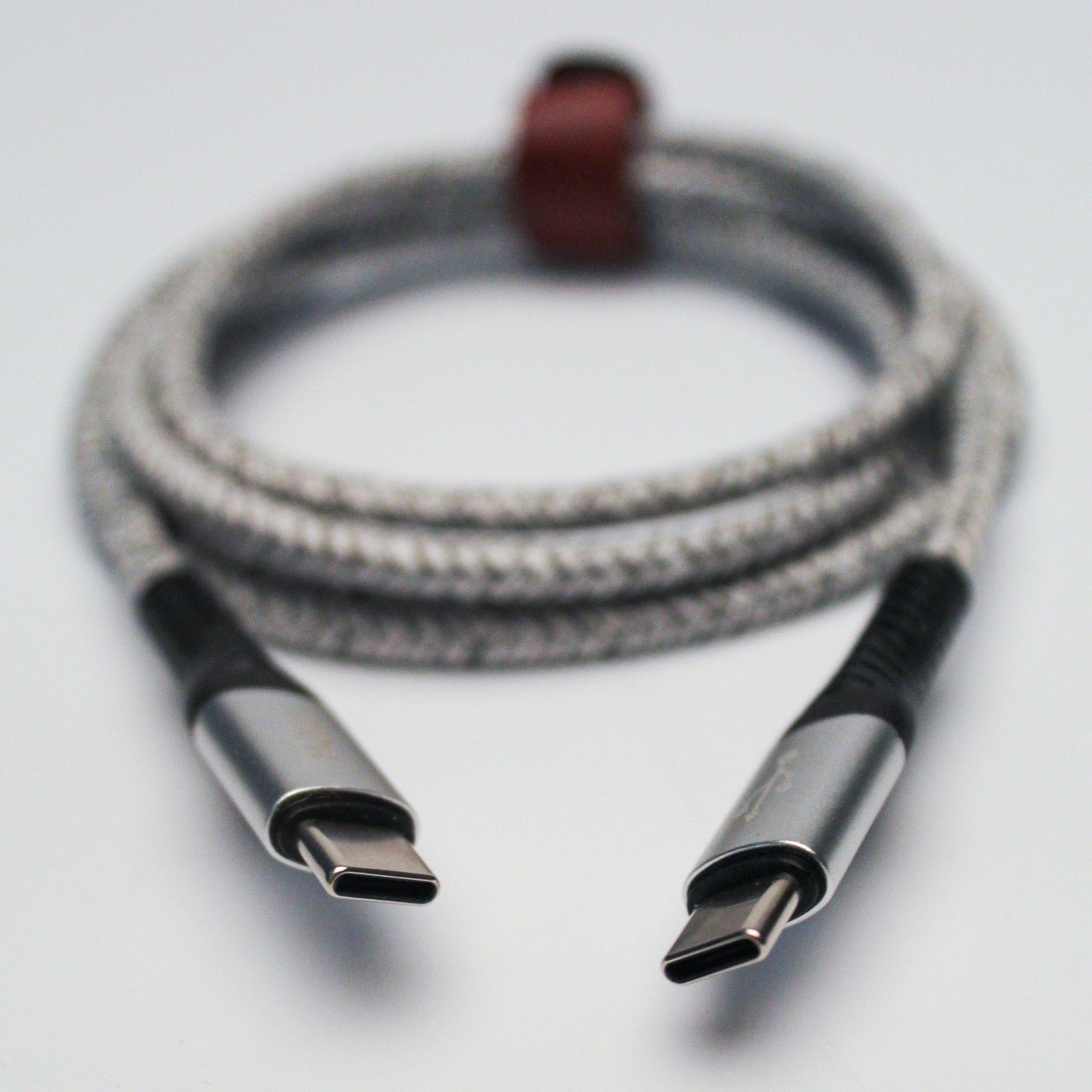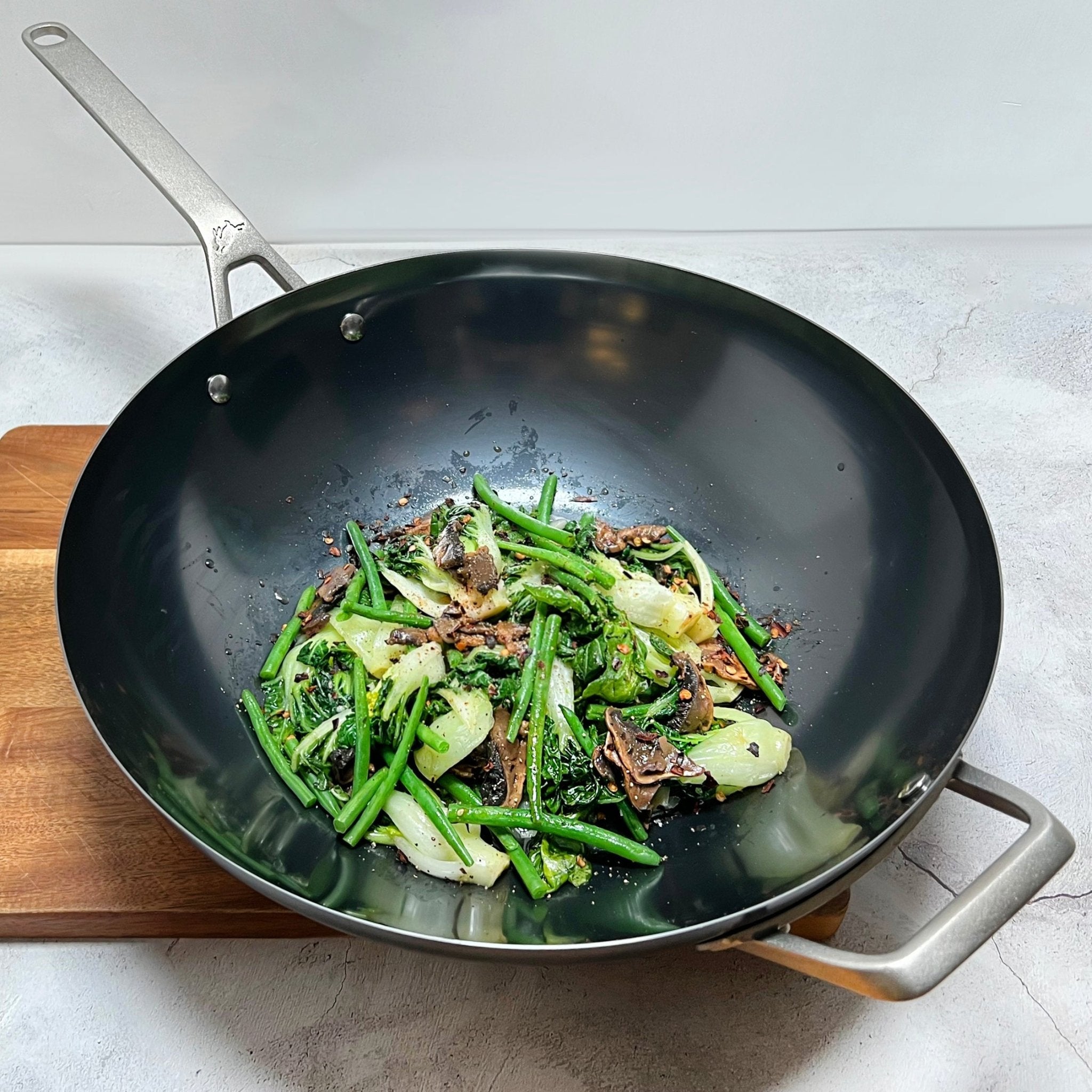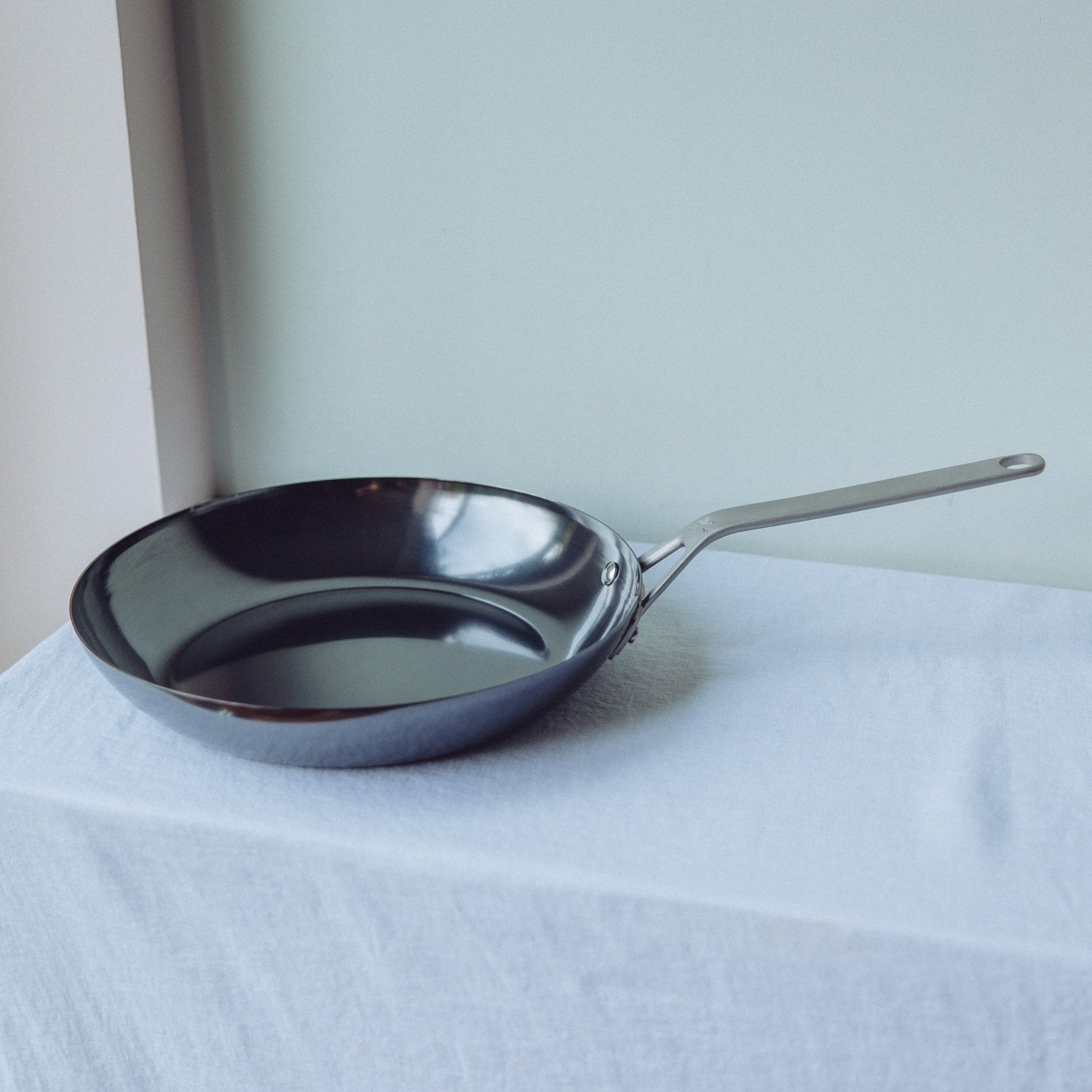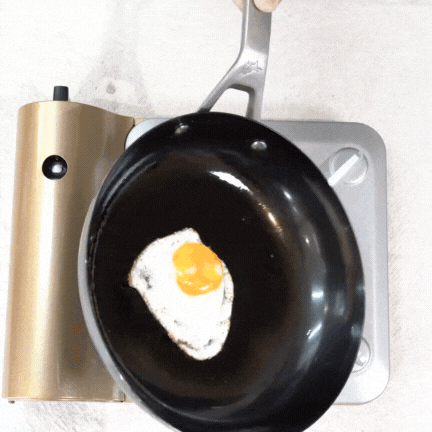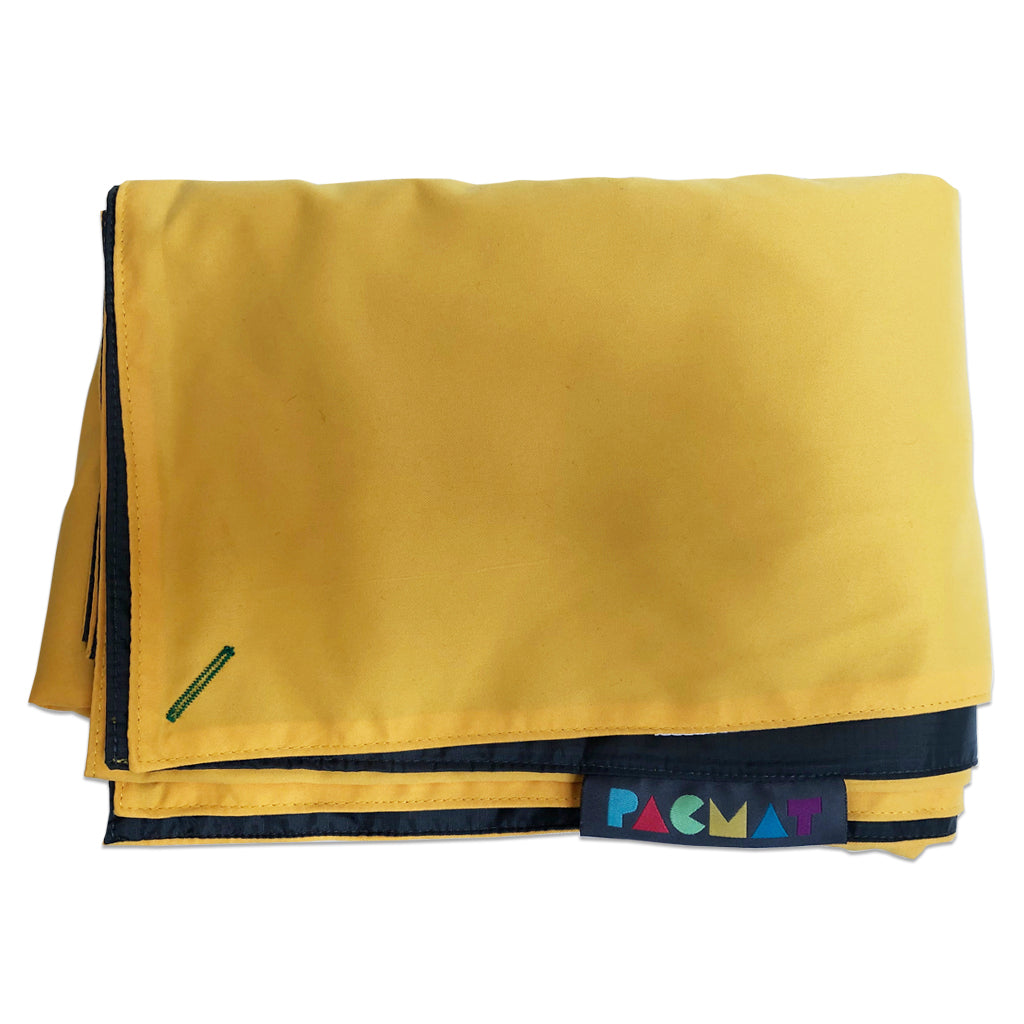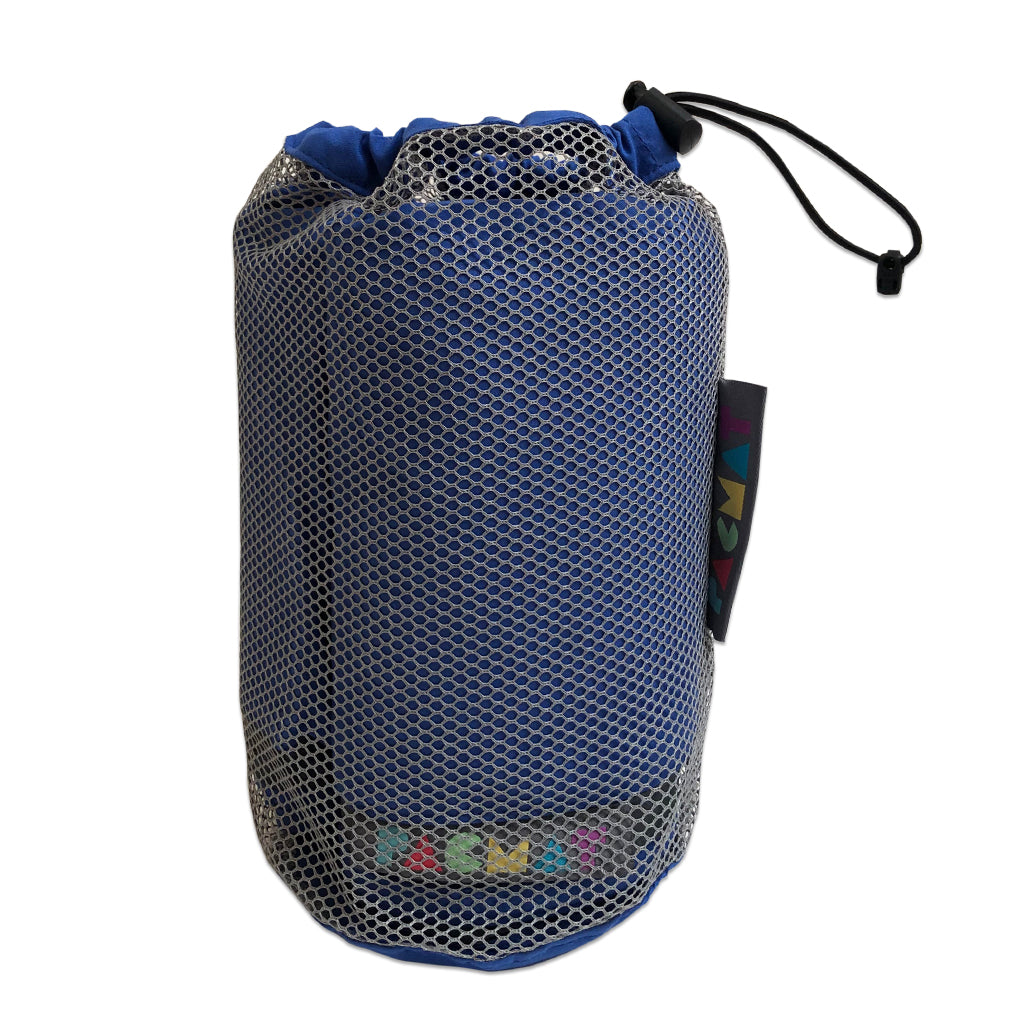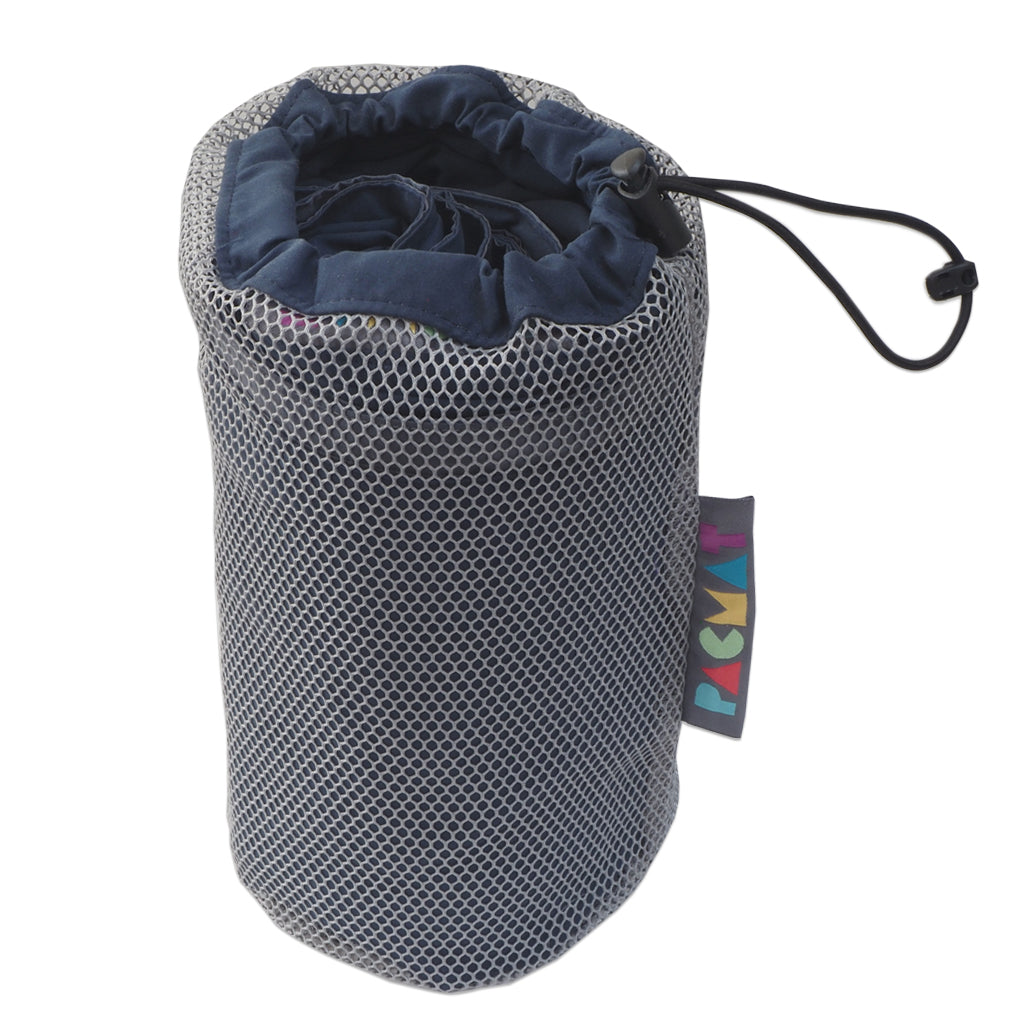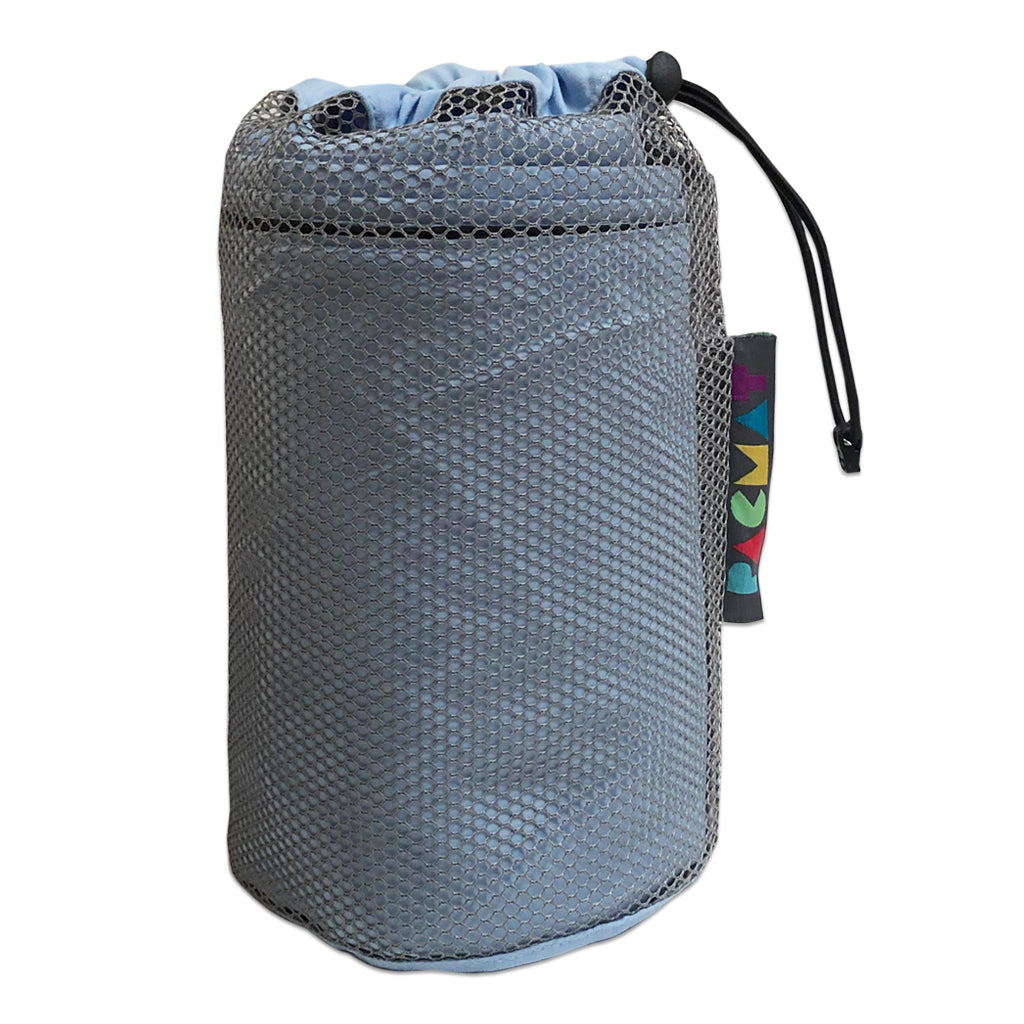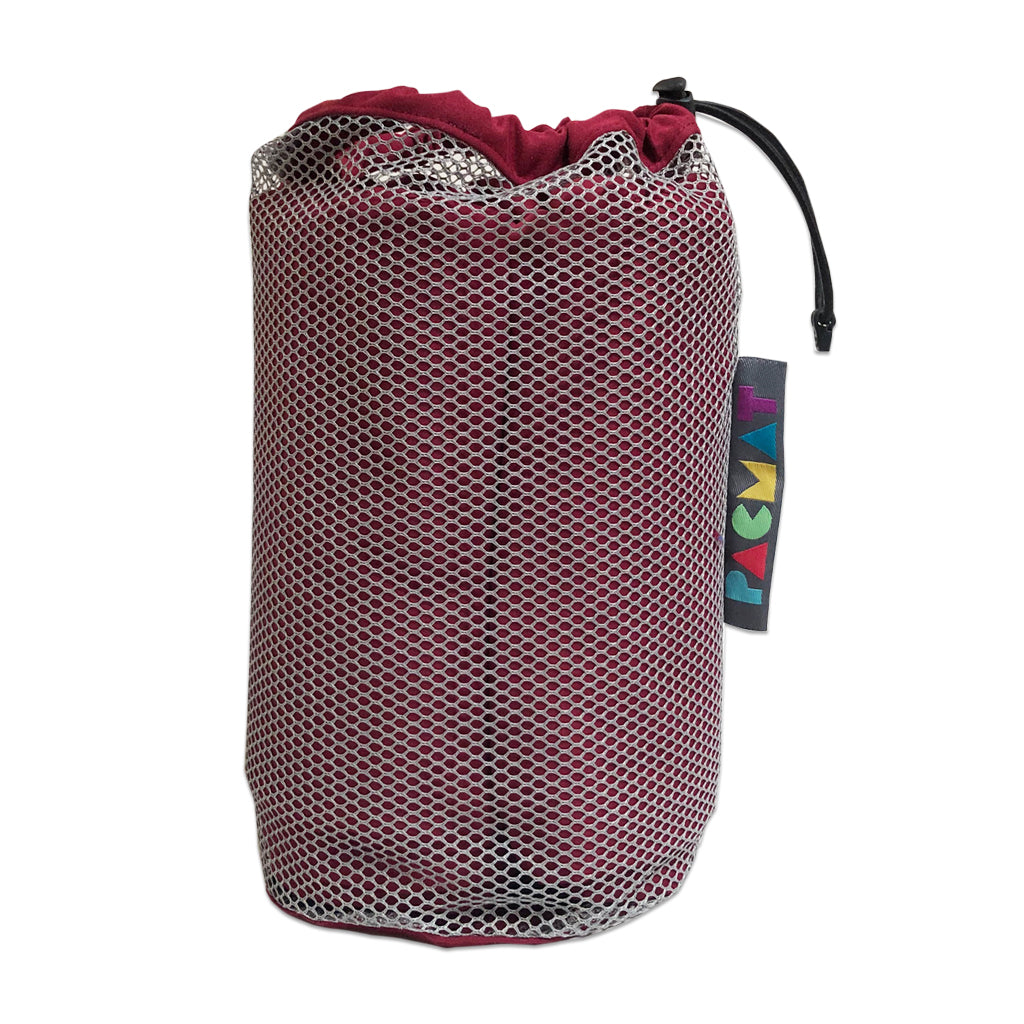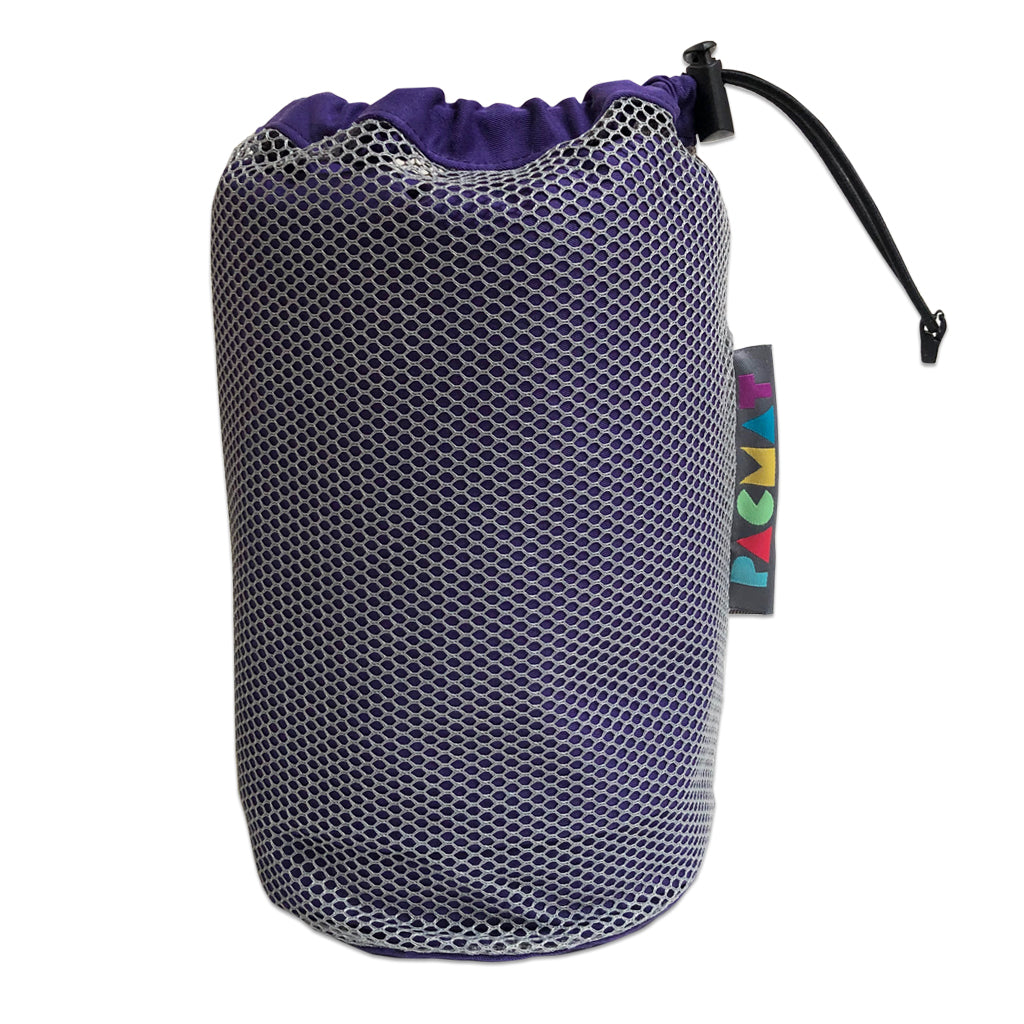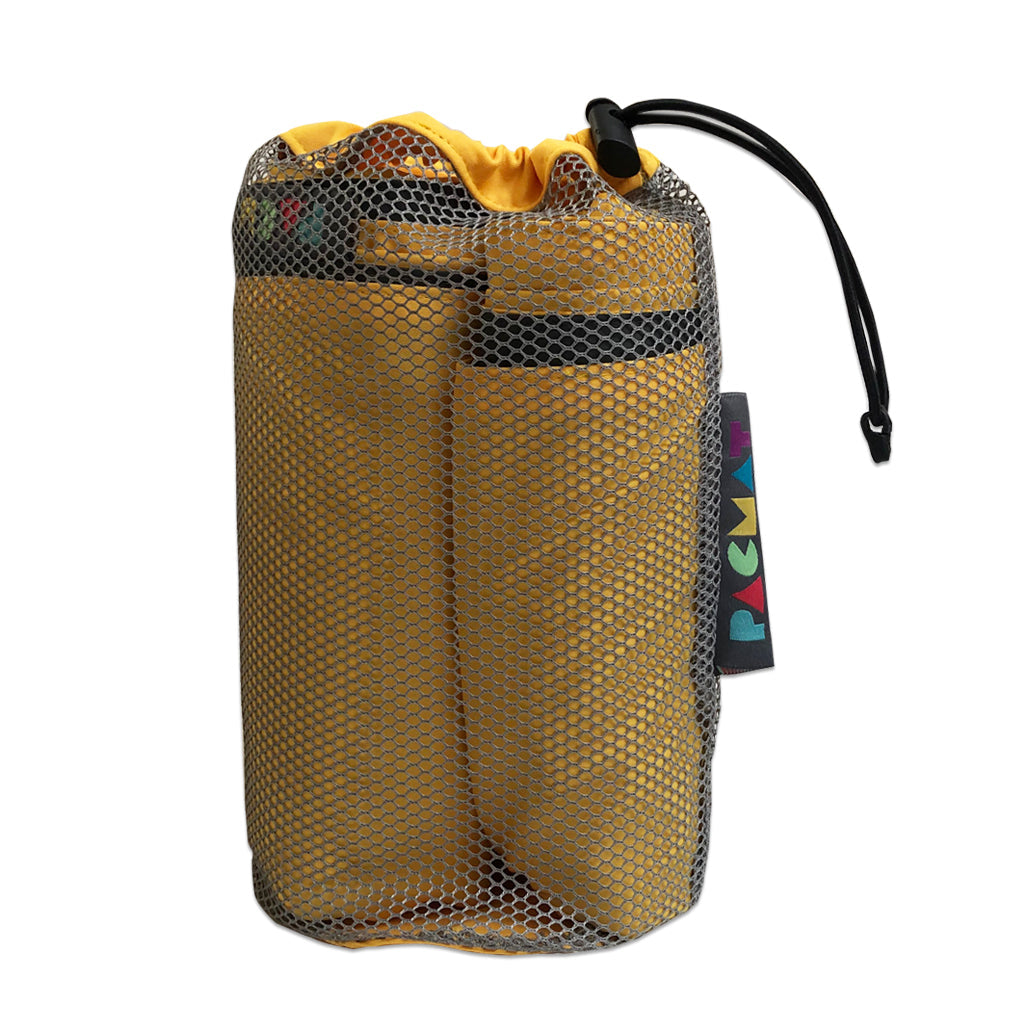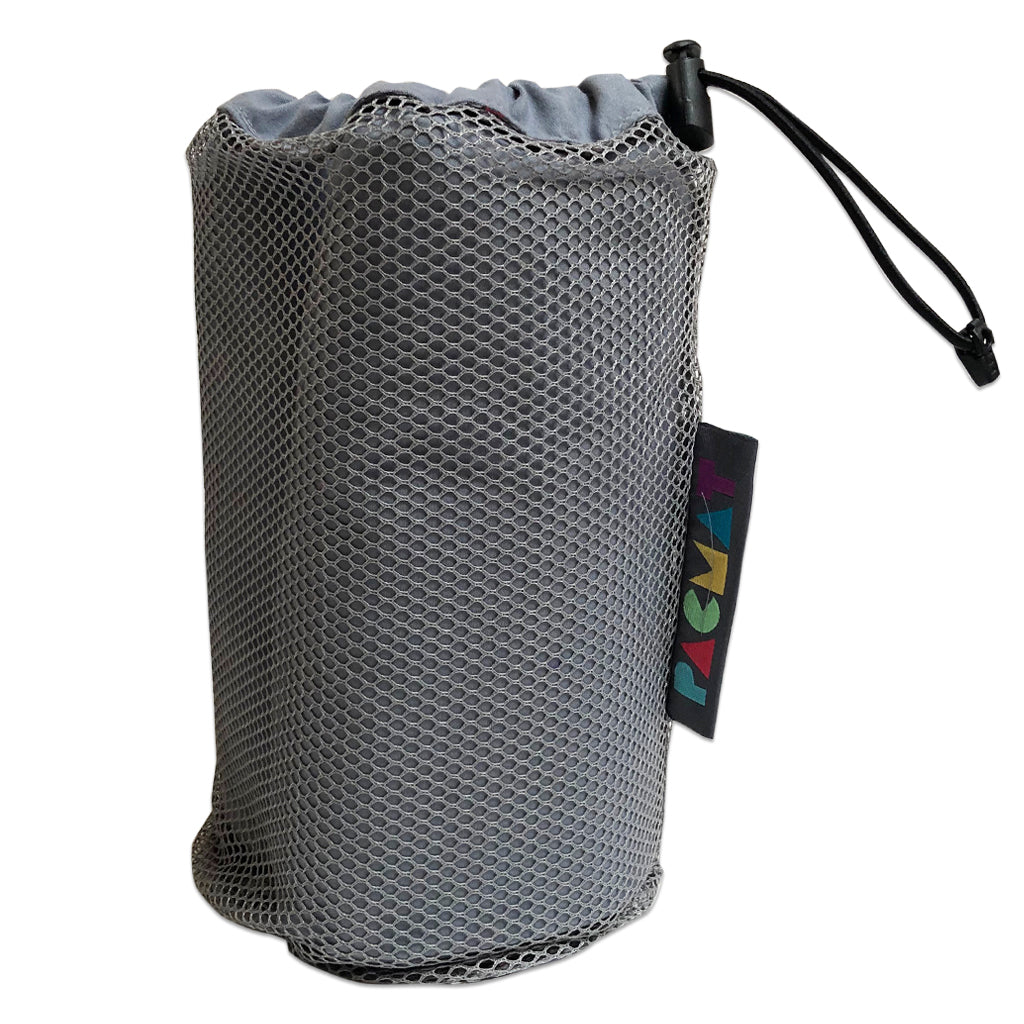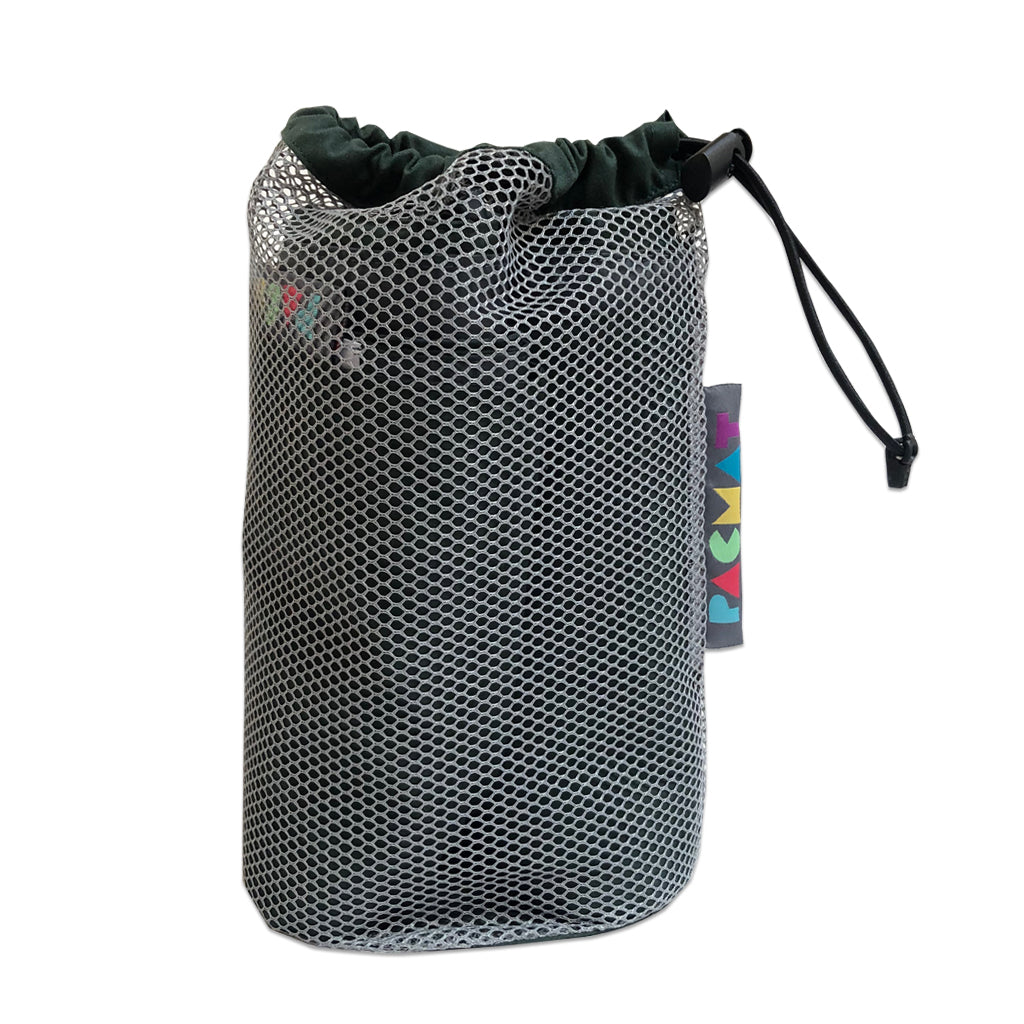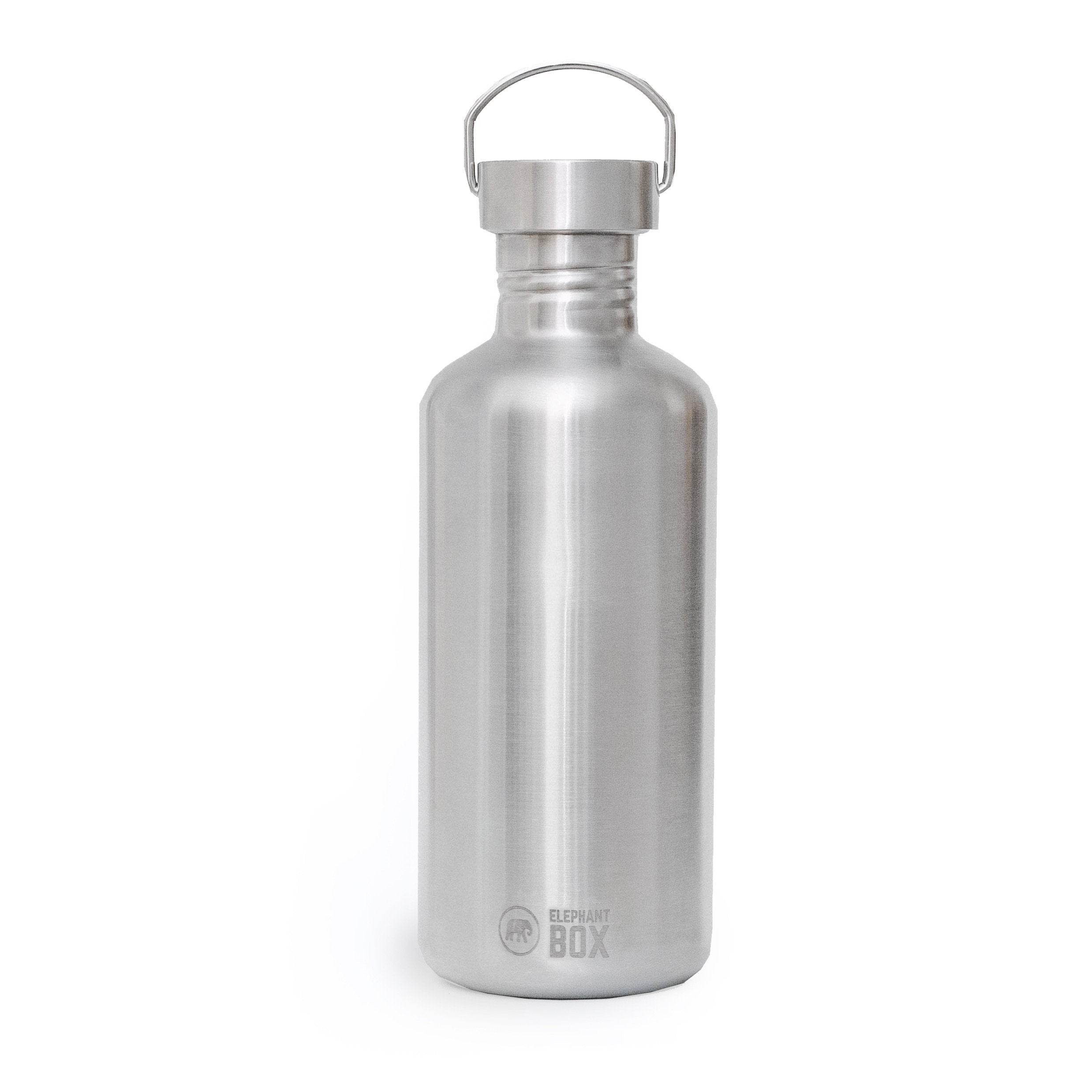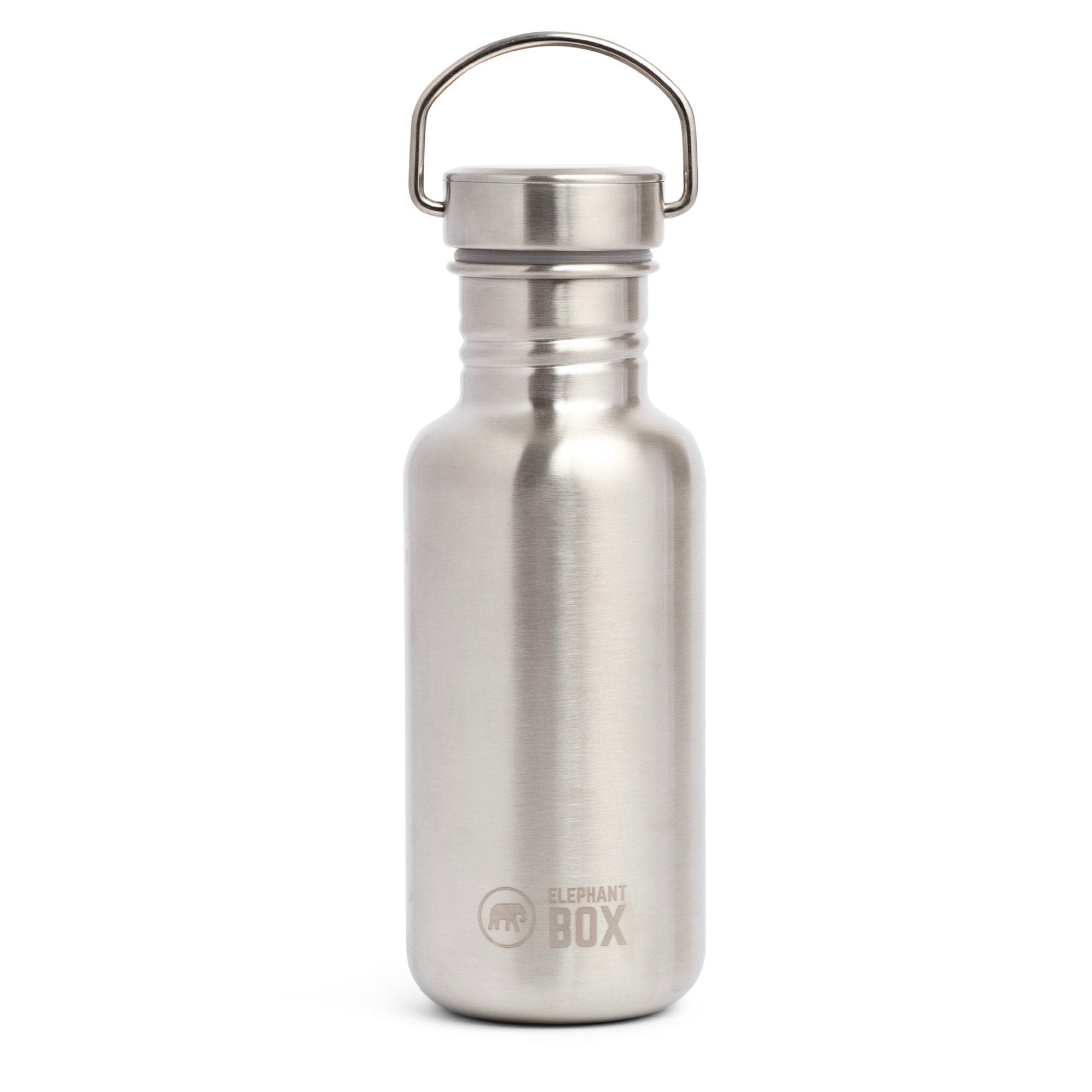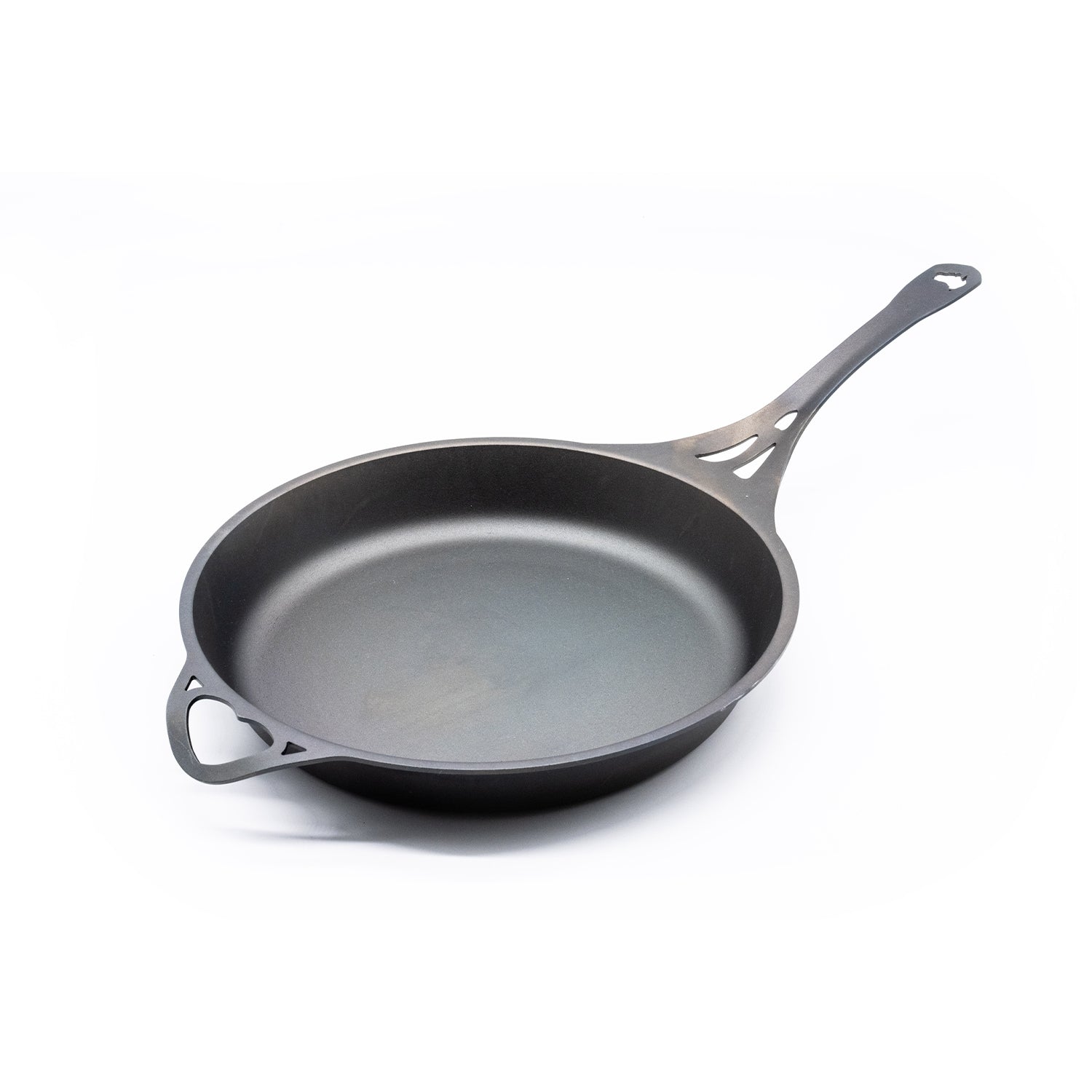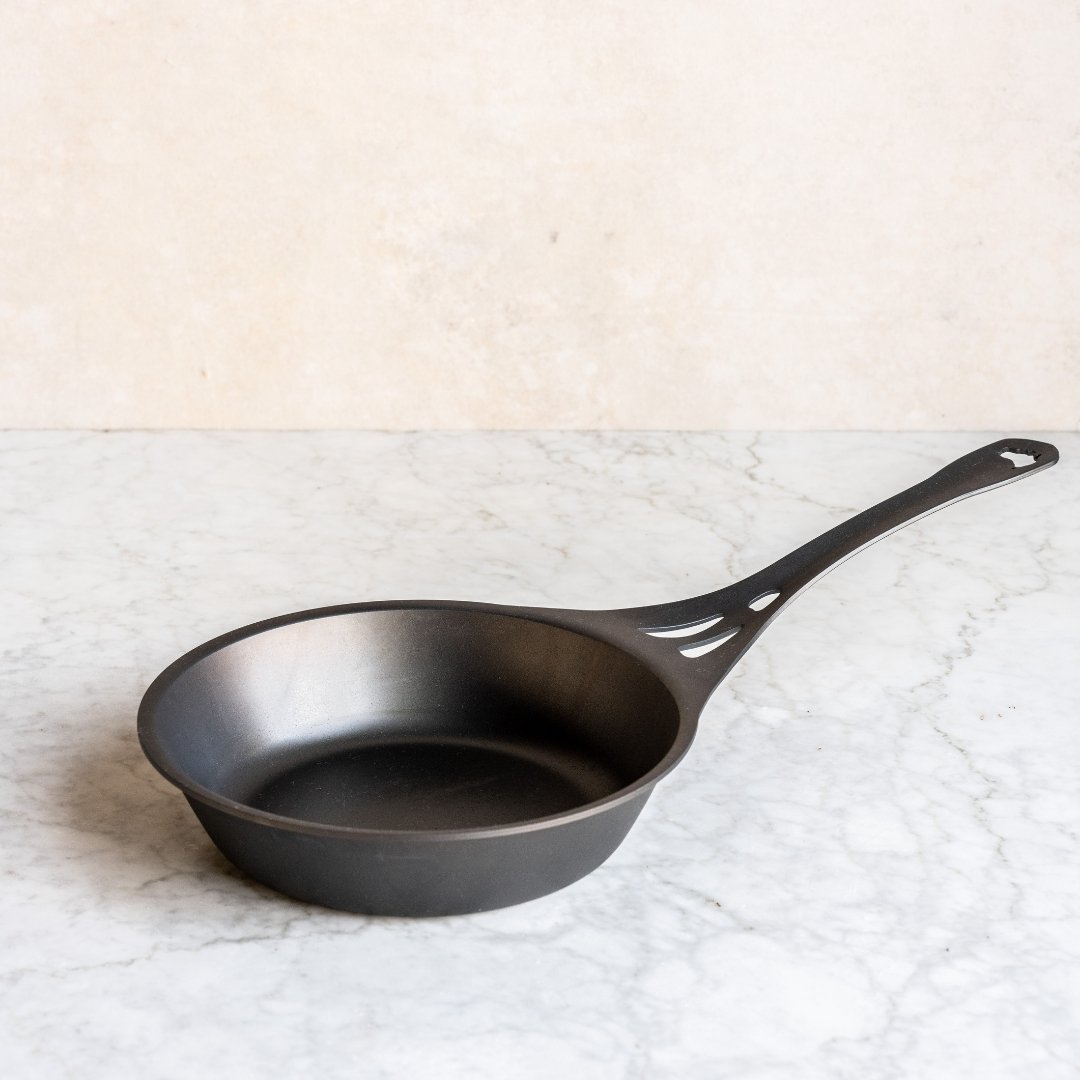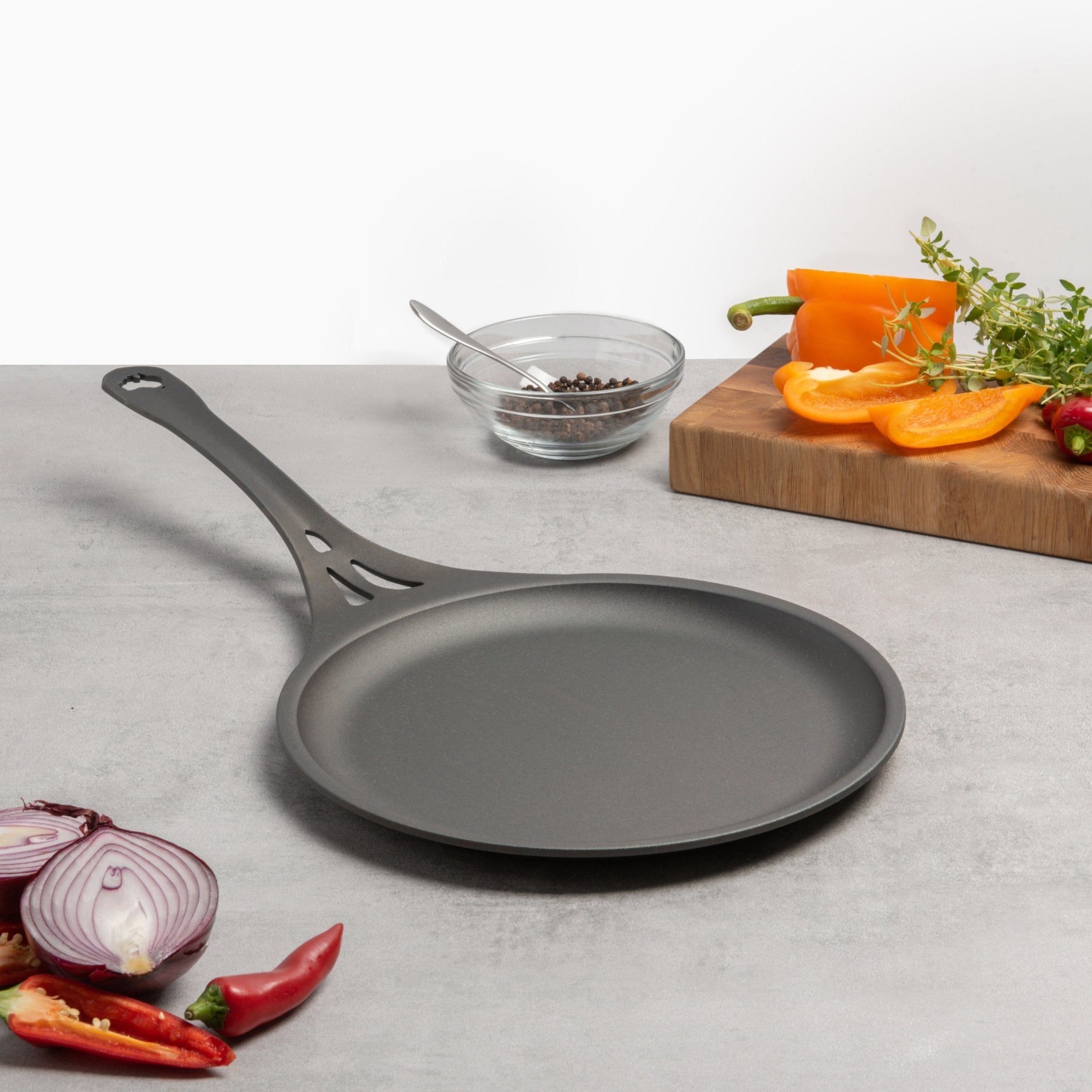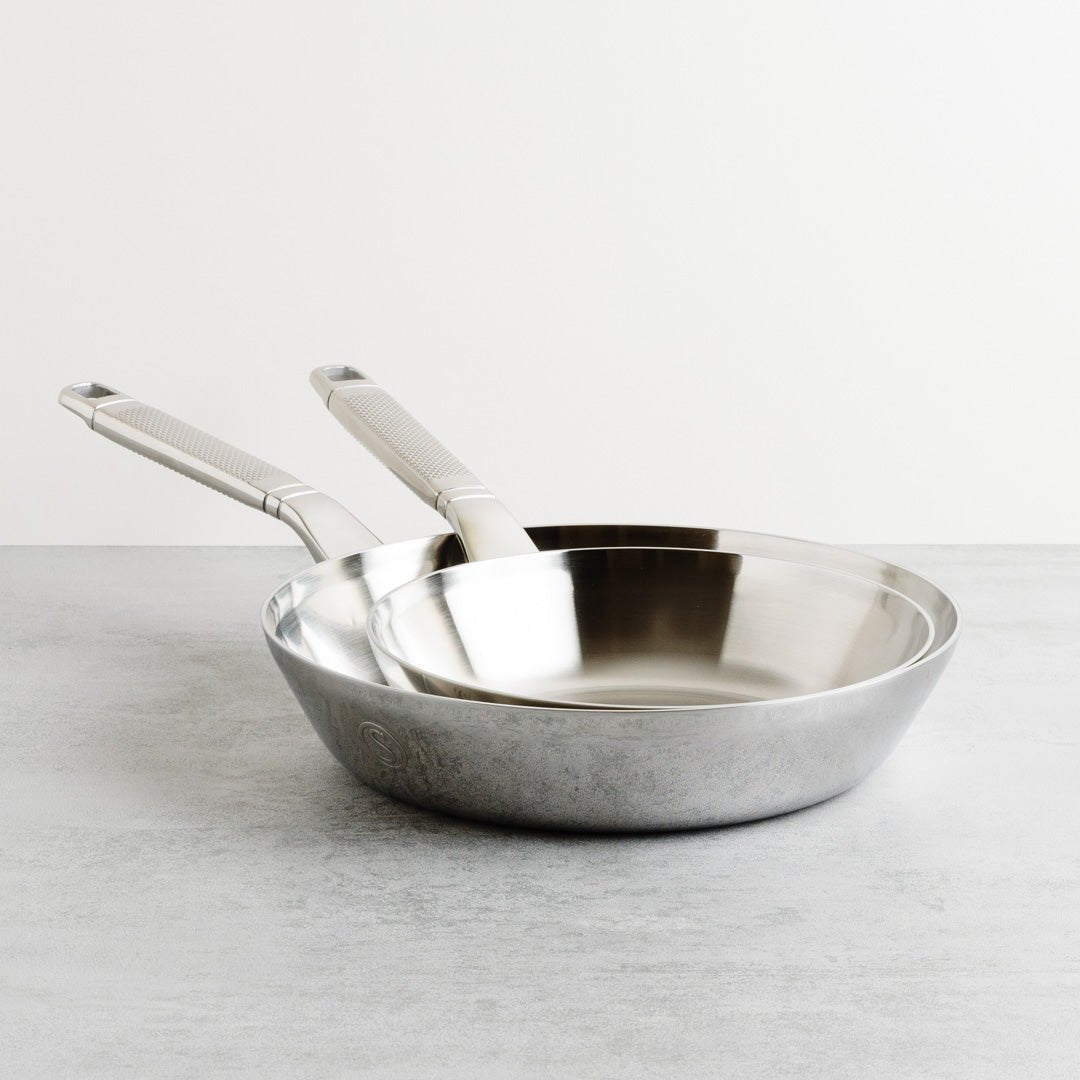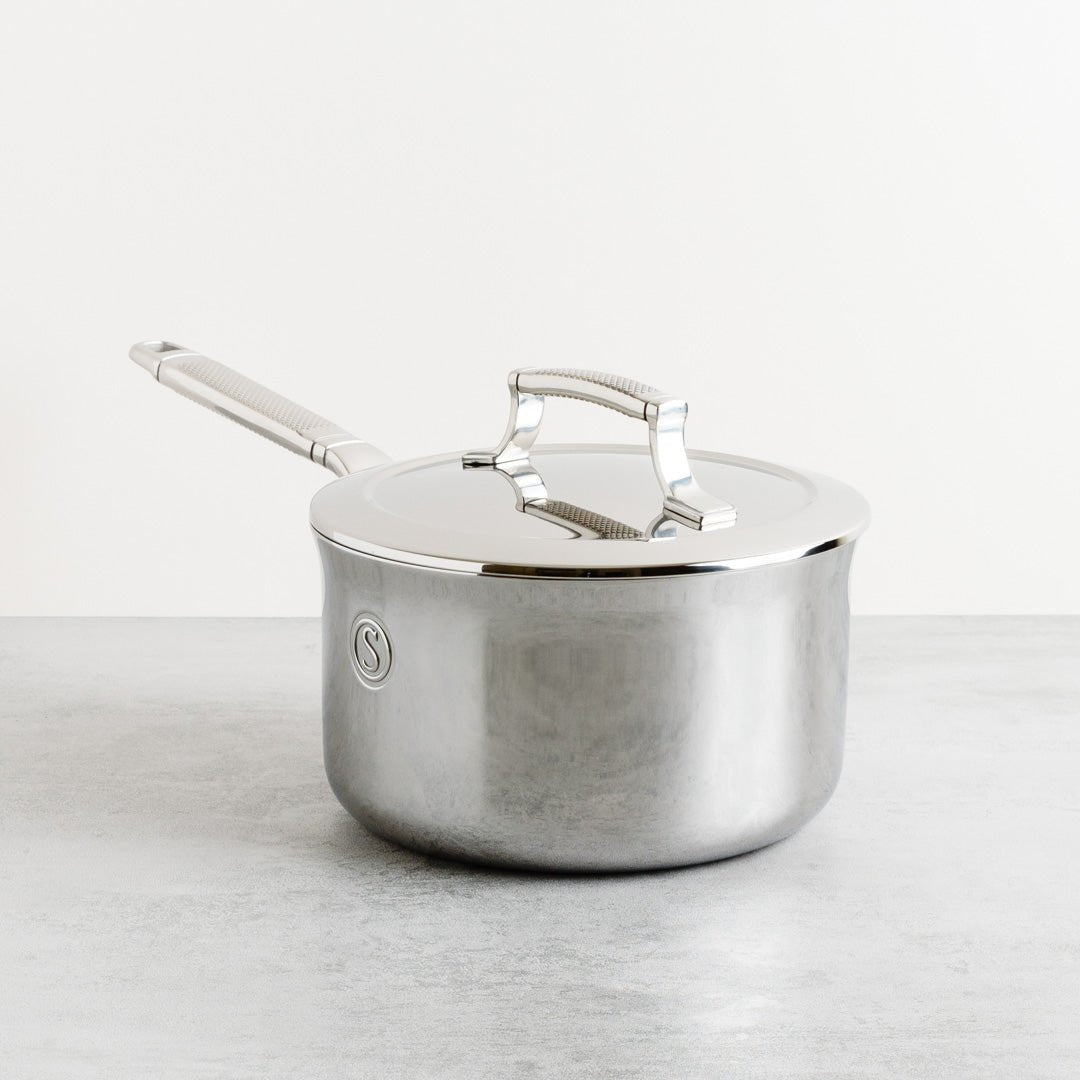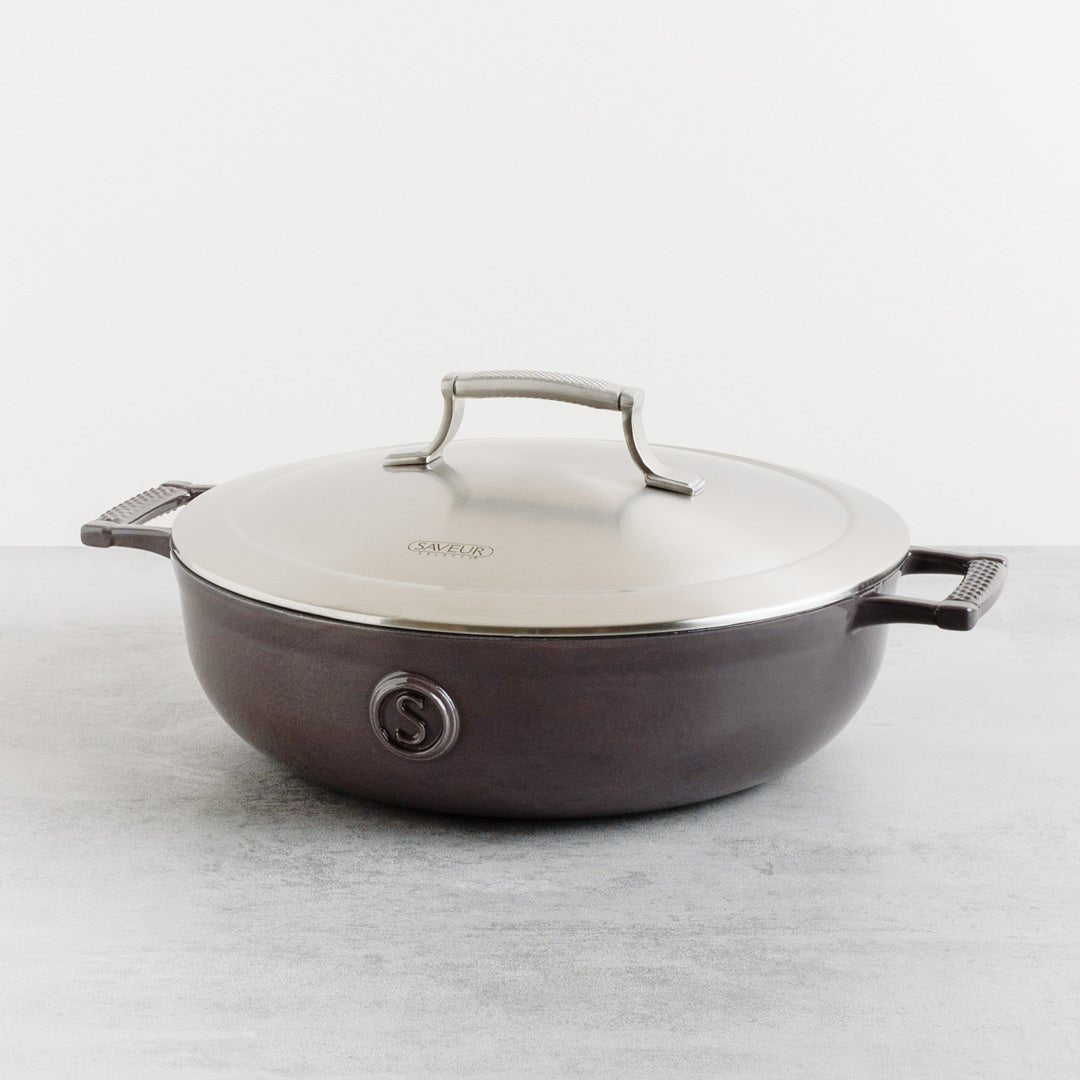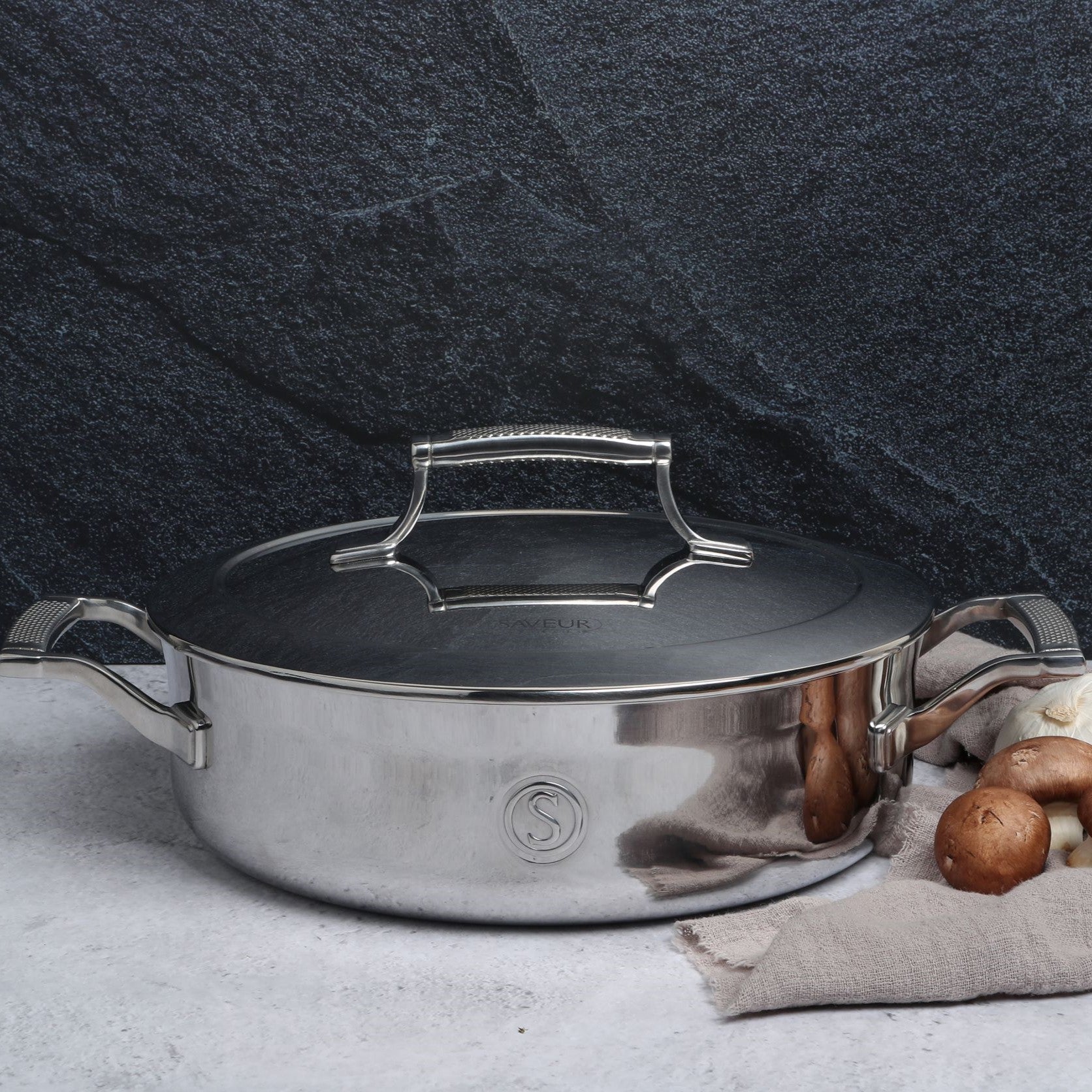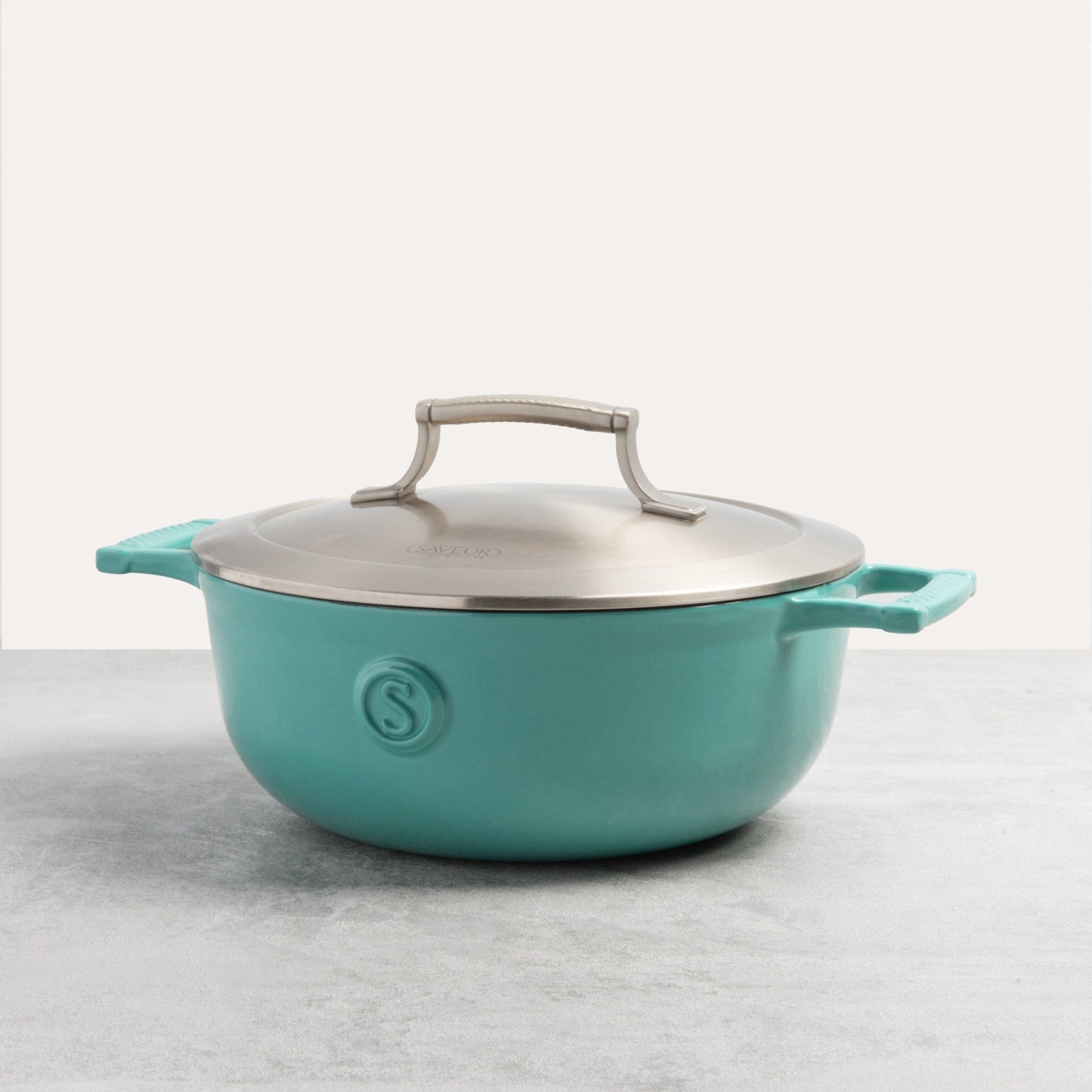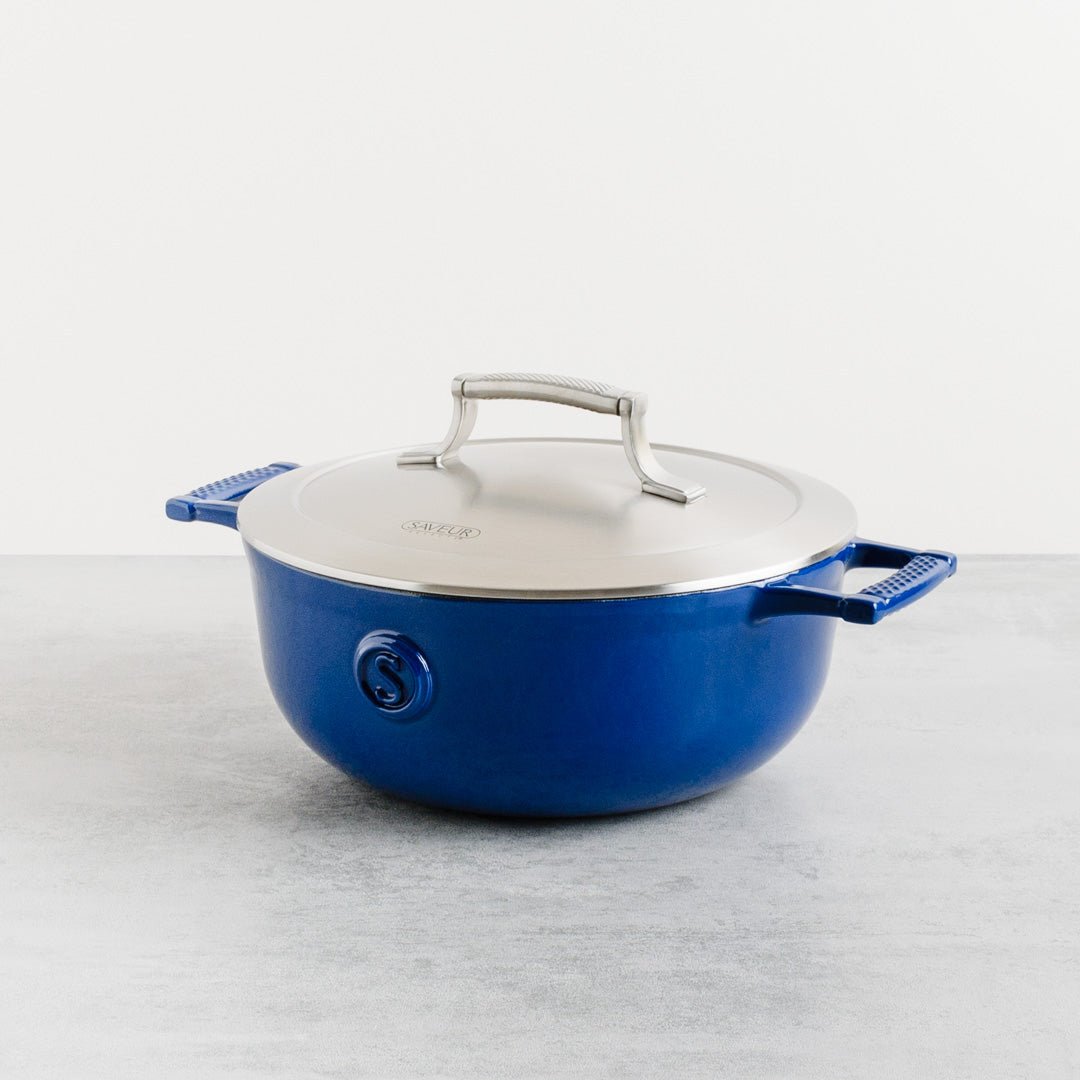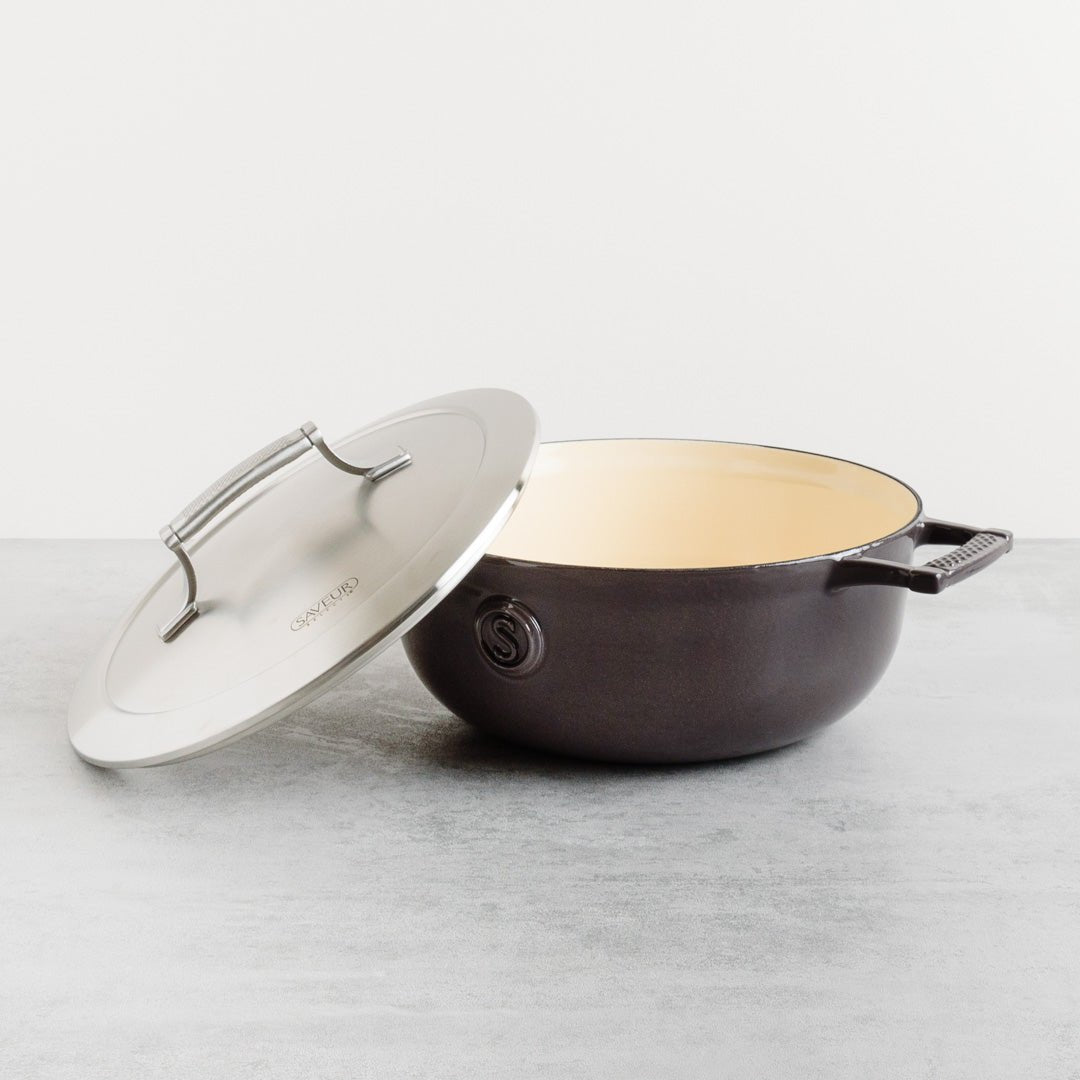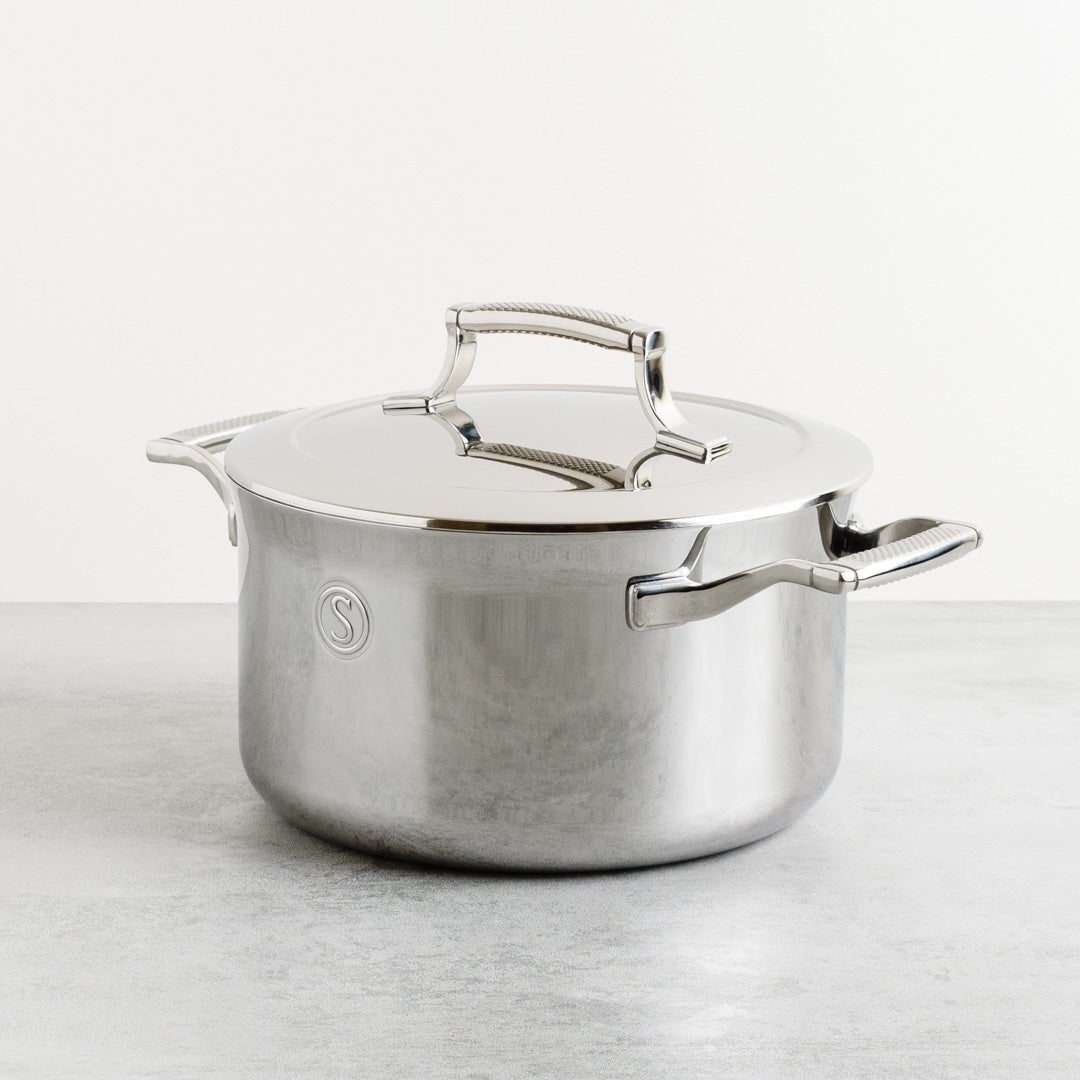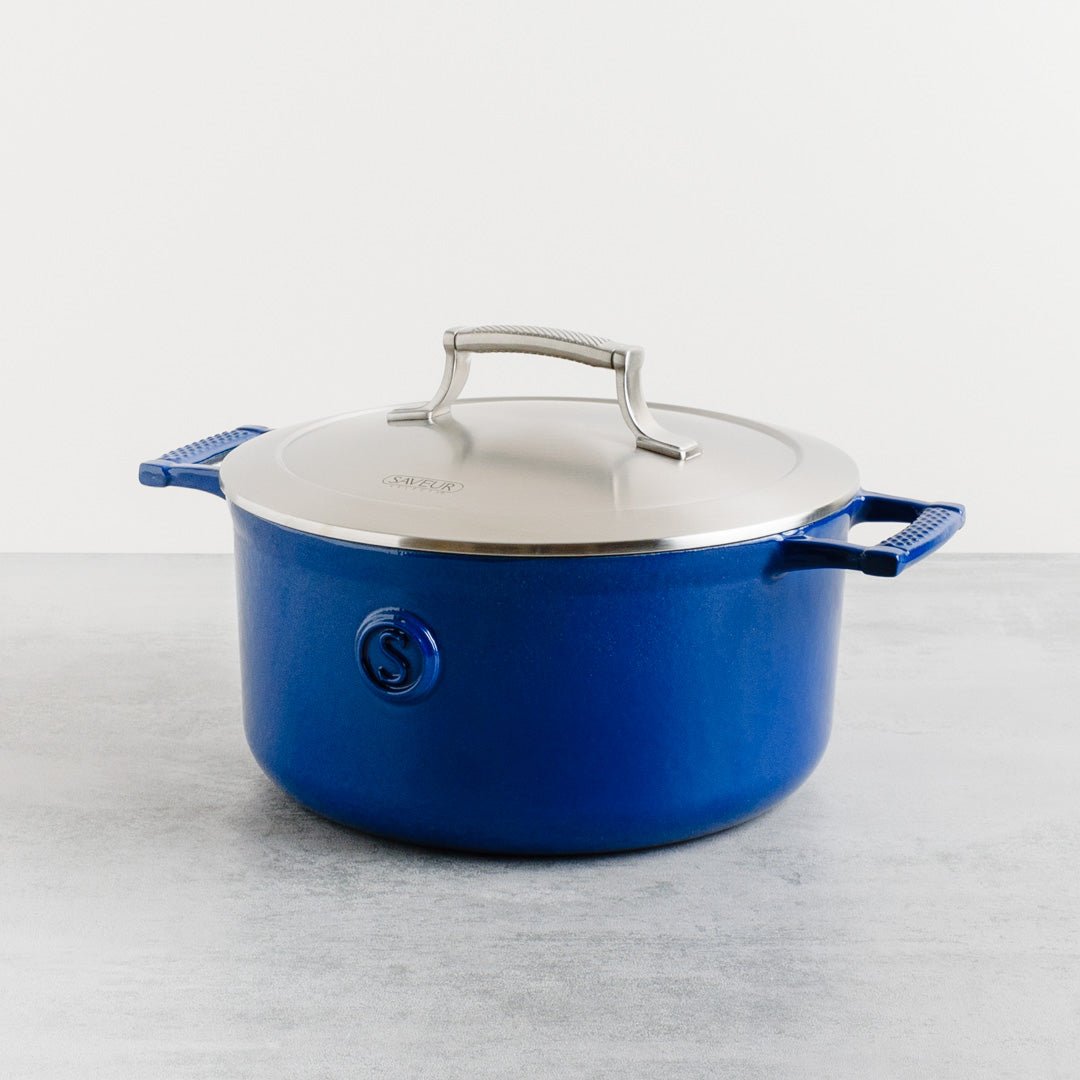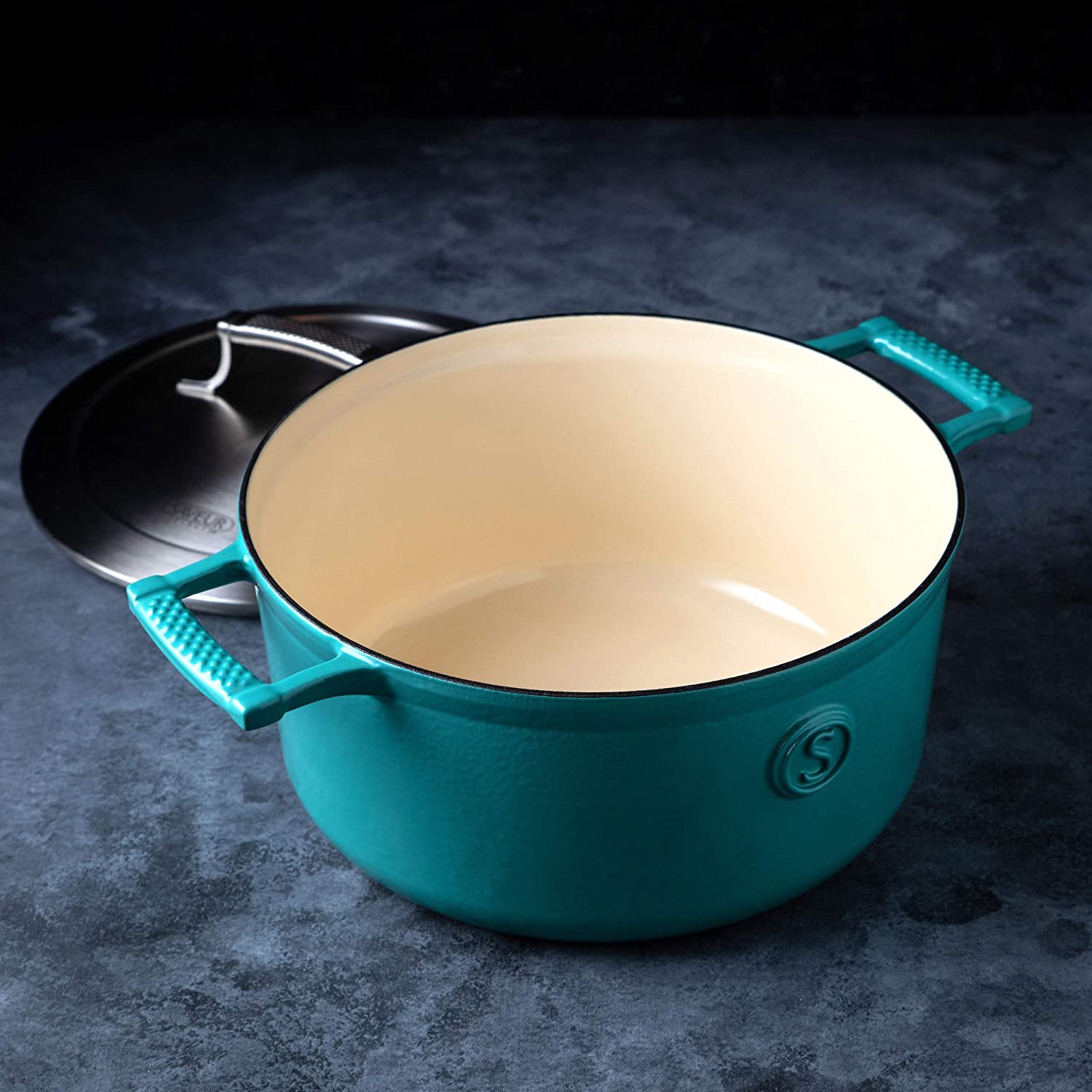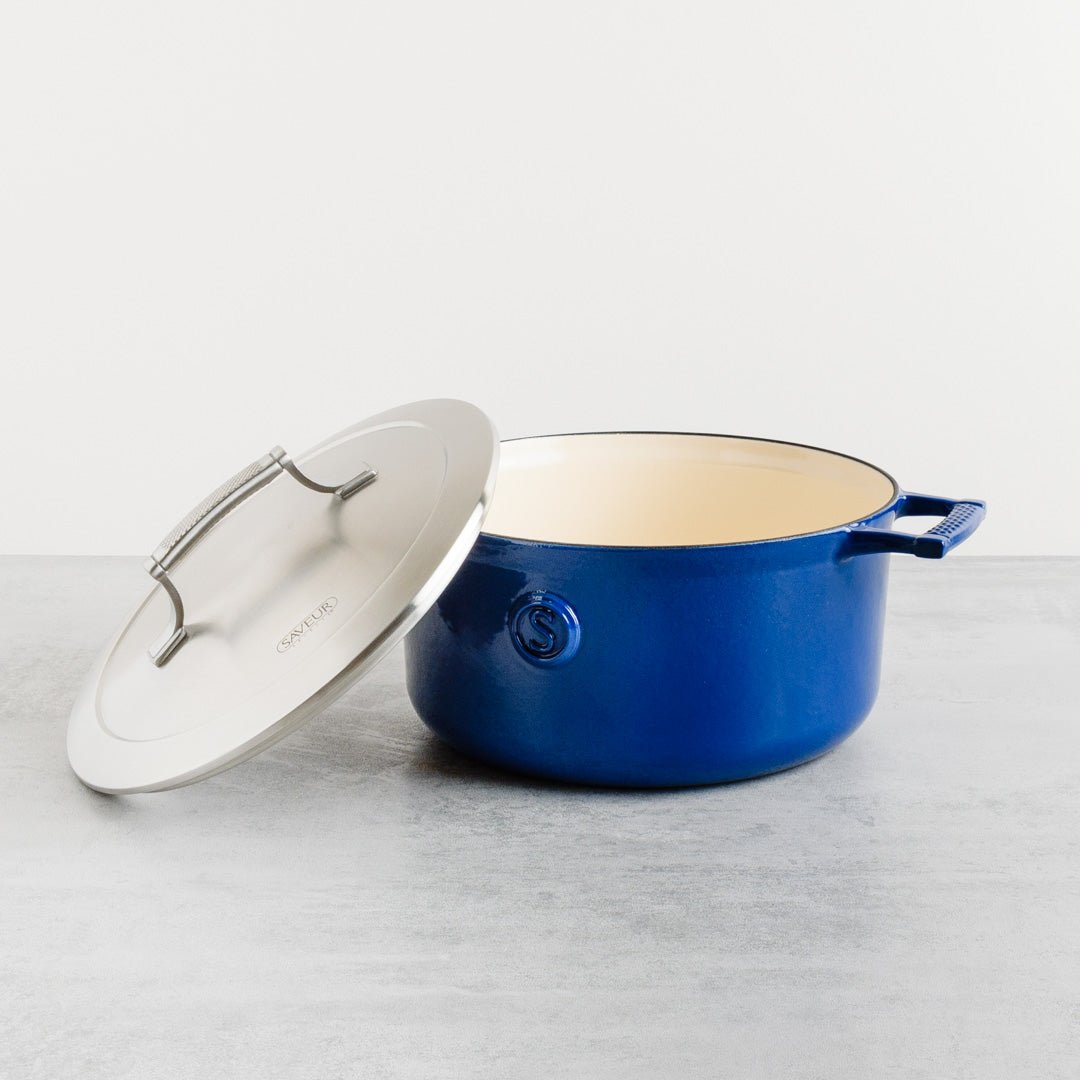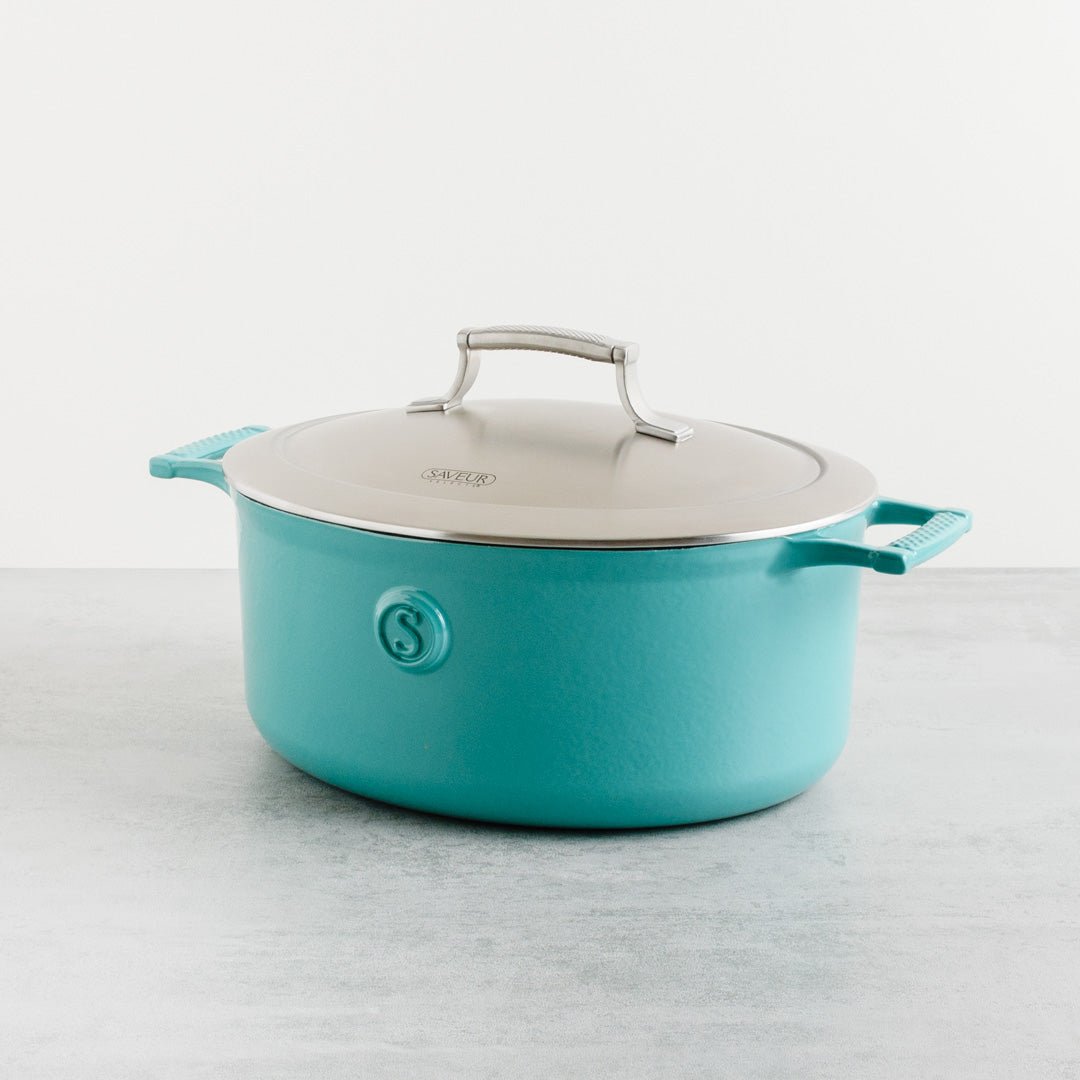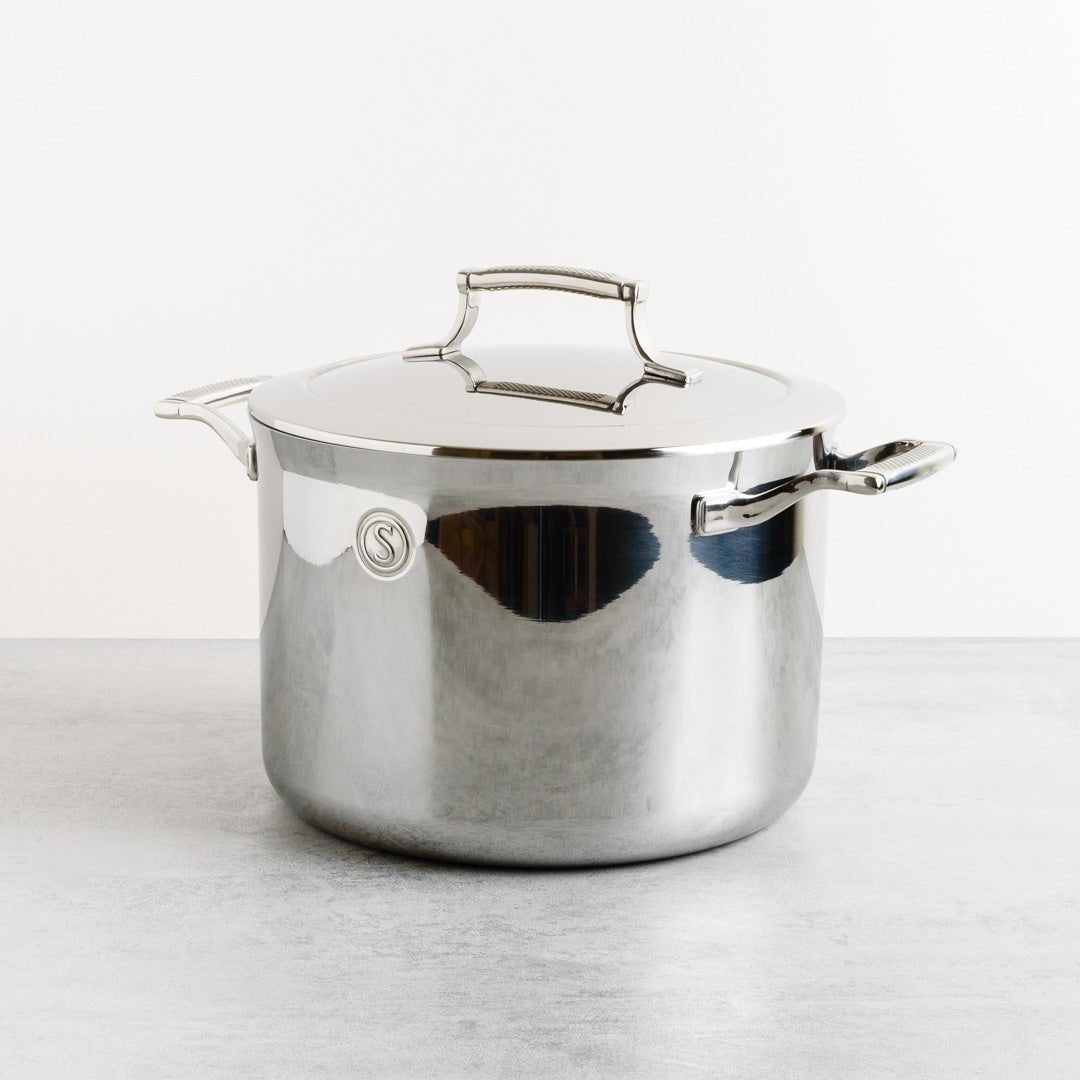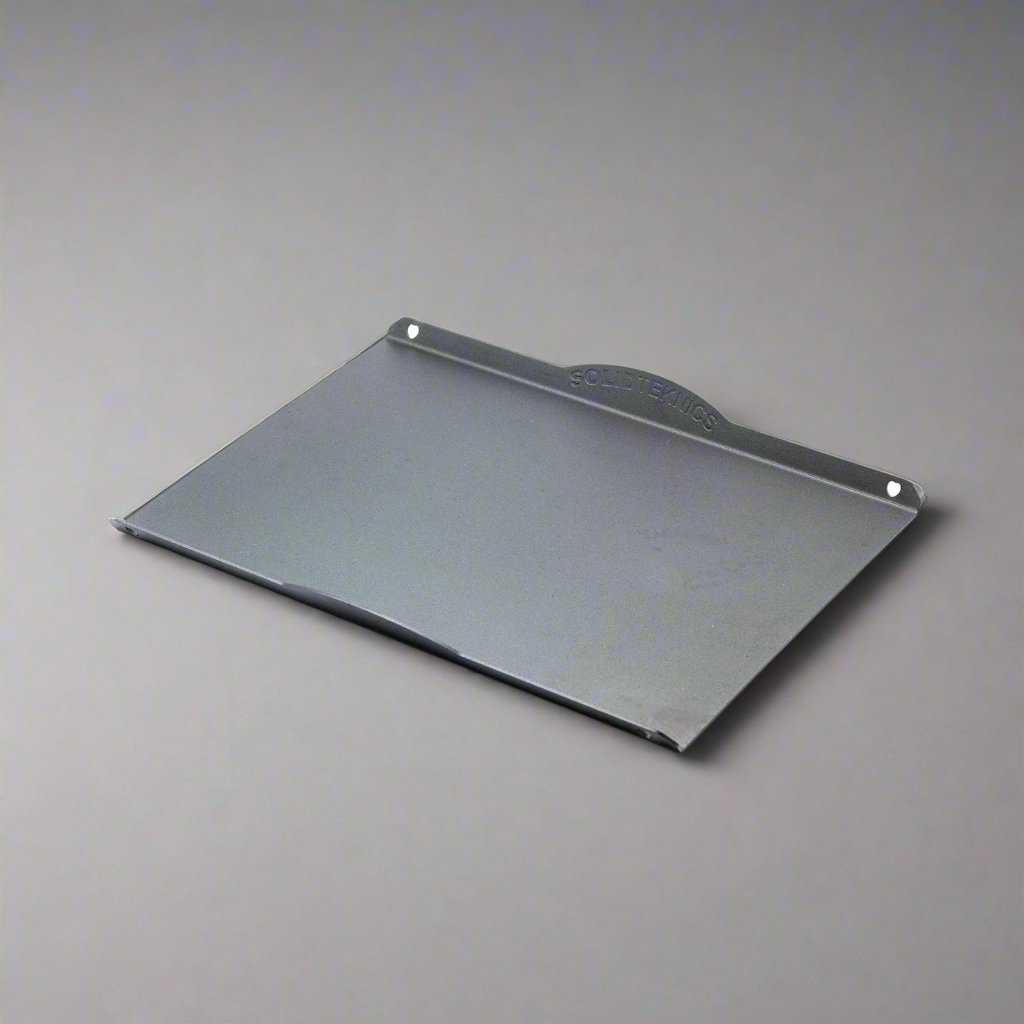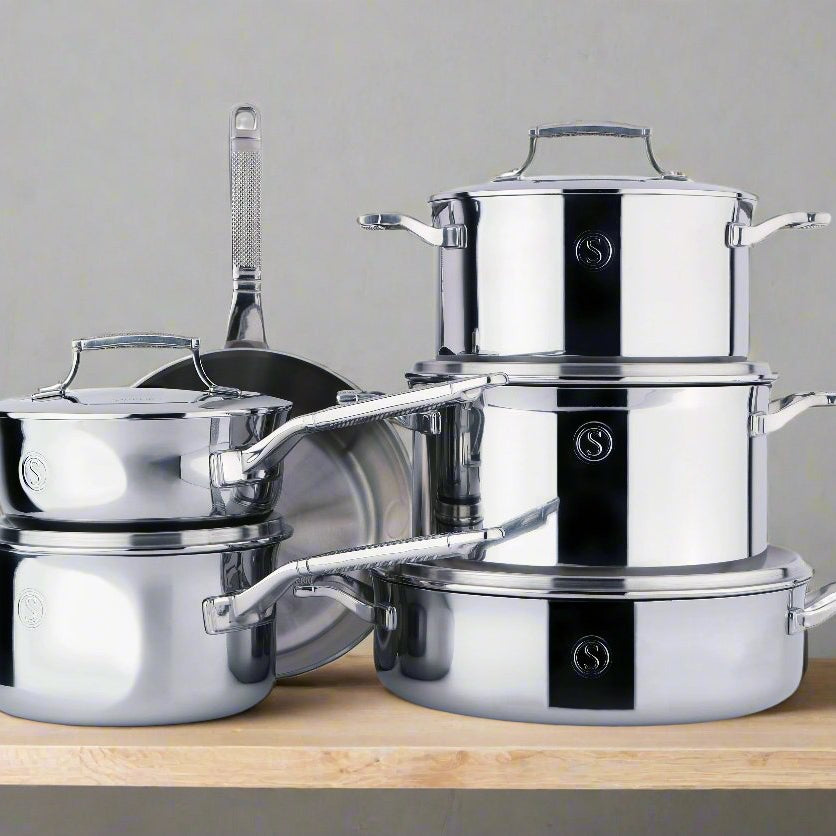Non-Toxic Cookware: Safe Alternatives to Teflon SALE
Cook safely, without the faff. This collection of non-toxic cookware swaps harsh chemicals for solid, dependable materials like stainless steel, cast iron and ceramic coatings. No PFOA, no PTFE, no worrying what your pan’s made of. Just well-made cookware that looks after you and your food. Built to last and easy to trust.
FAQs about Non-Toxic Cookware
Which are the most durable non-toxic cookware materials?
The most durable non-toxic cookware materials are cast iron, stainless steel and some forms of ceramic. Cast iron is practically bombproof and only gets better with age. Stainless steel resists rust and warping, and good ones often come with lifetime guarantees. Ceramic can also last well, as long as it’s free from toxic glazes and treated kindly. Always check for PFAS, PTFE, lead and cadmium-free labels. For more on how we choose keep-forever pieces, visit our product research process page.
How do I clean ceramic, cast iron or stainless steel cookware properly?
To clean non-toxic ceramic, cast iron or stainless steel cookware, mild soap and soft tools are your friends. Ceramic prefers a gentle sponge to protect the glaze. Cast iron just needs hot water, a brush and a bit of oil after drying. Stainless steel can handle the dishwasher, but hand-washing keeps it shinier. Avoid metal scrapers - they’re more foe than friend. For detailed care advice, head to our blog hub on cookware care and repair.
Do I need to season cast iron or stainless steel pans?
Yes, cast iron needs seasoning to stay non-stick and rust-free. Heat it, rub in a thin layer of oil, and let it bake on. With regular use, it builds a natural coating that gets better over time. Stainless steel doesn’t require seasoning, but some cooks do it anyway to help slippery foods stay put. Handy for frying eggs without losing your weekend breakfast to the pan. Learn the full method in how to season your new cast iron skillet.
Is ceramic non-stick cookware really safe to use?
Ceramic non-stick cookware is safe - as long as it's free from PFAS, PTFE, lead and cadmium. Reputable brands will display third-party safety certifications, so keep an eye out for those. Ceramic coatings don’t release fumes at high heat, unlike traditional non-stick. That said, they can wear down, so it’s best to hand-wash and skip the metal utensils. With gentle use, ceramic can stay trustworthy for years.
What cookware options are safe for induction hobs?
The best non-toxic cookware for induction hobs includes cast iron, stainless steel and any pan with a magnetic base. Induction cooking needs ferrous materials to work their magic. Cast iron is a natural fit, and many top-quality stainless steel pans are induction-ready too. If in doubt, grab a fridge magnet - if it sticks firmly to the base, you're good to go.
How can I tell if my cookware is truly non-toxic?
To tell if your cookware is truly non-toxic, check for materials free from PFAS, PTFE, lead and cadmium. Brands worth their salt will show safety tests or third-party certifications. Cast iron, stainless steel and certain ceramics are solid choices when uncoated or glazed safely. Be wary of vague claims or mystery coatings - if it’s not clear what’s in it, best left on the shelf.
What’s the best way to remove rust from cast iron cookware?
To remove rust from cast iron cookware, scrub it with steel wool and warm water, dry it thoroughly, then re-season. Just add a thin layer of oil and bake it in the oven at 180°C for an hour. Seasoning not only protects against rust but also makes the surface more non-stick over time. Even the crustiest old pan can be revived - cast iron really is built to last. Browse our cookware collection for tough-as-nails, non-toxic options.

